Although this car been together for a couple years now, I did take a grunch of photos that show some how-to's that others may find useful for working on their own project.
The owner first had plans for a resto-mod, but after a weekend as a spectator at the MIR drag strip, he had flashbacks of an earlier time, and the direction of the build drastically changed. A full chrome moly tube chassis was built and the body installed at Cheeks Performance in VA. And this is what I had to work with.....
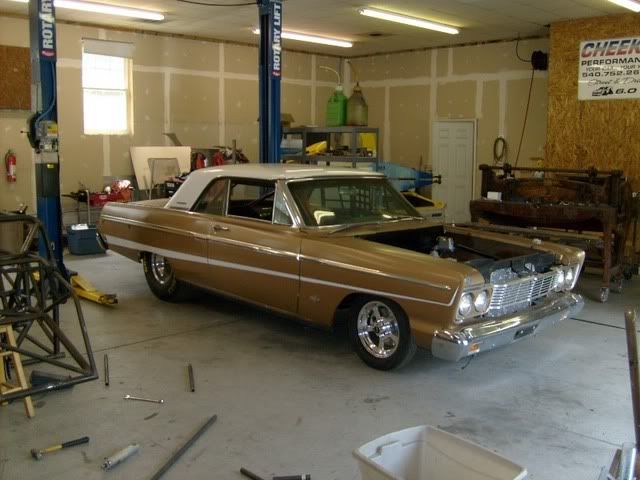
As an homage to the Thunderbolts from a year earlier, the owner had decided on a Crites teardrop hood. Only it didn't quite fit......
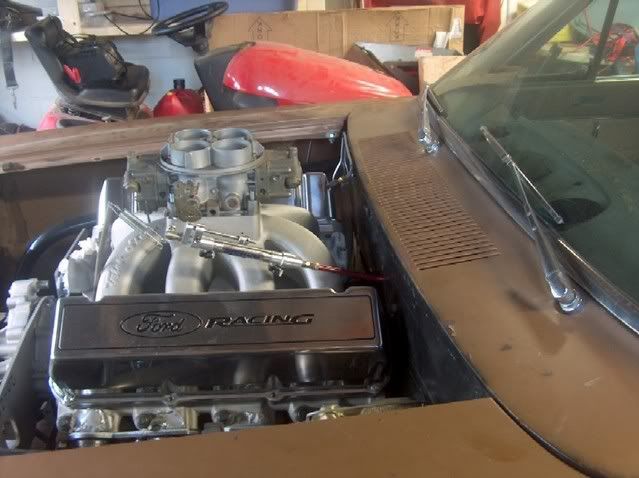
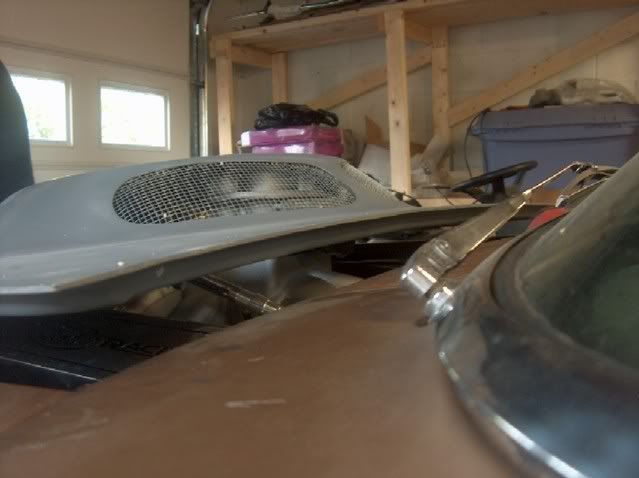
....as the engine was raised up a bit for the harmonic balancer to clear the rack and pinion. He was ready to throw in the towel and send the hood back, and concede to using a snorkel. I told him to order another teardrop, and we'd make it work. He was hesitant (I don't think he trusted me), but he did order it.
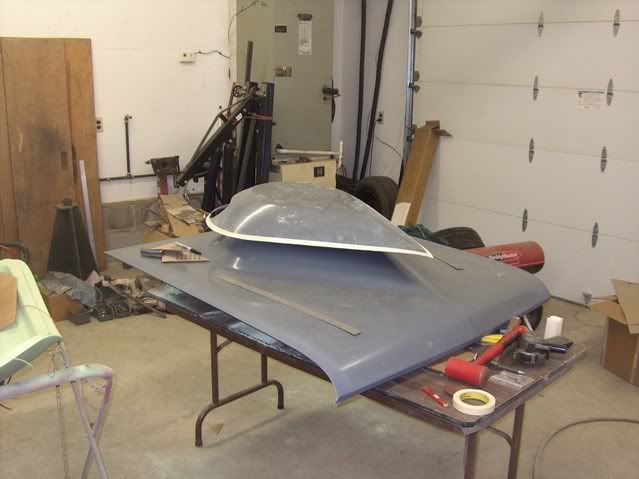
Height mocked up. The aluminum will be used to support the f/g mat while the resin cures. Then it will get flipped over, remove the aluminum, and more mat goes in from the back side. I never could get the hang of welding on fiberglass, so I had a local Corvette guy come over and join in the fun.
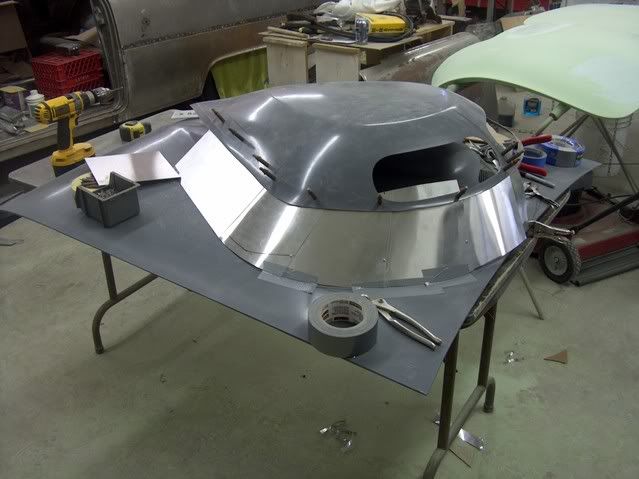
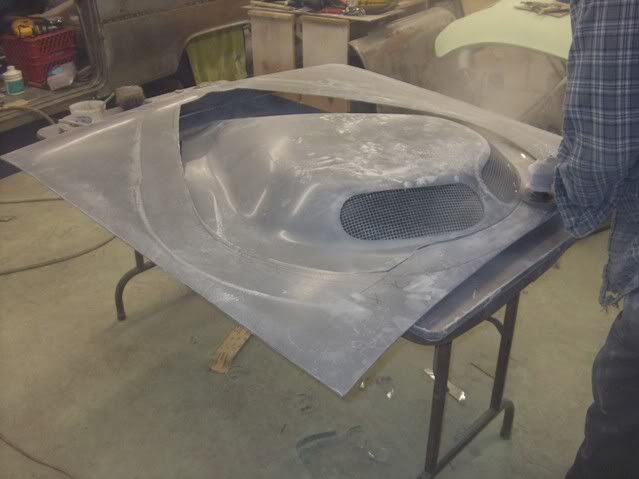
Strips of f/g mat laid in to tighten things up, and keep the hood scoop from moving.
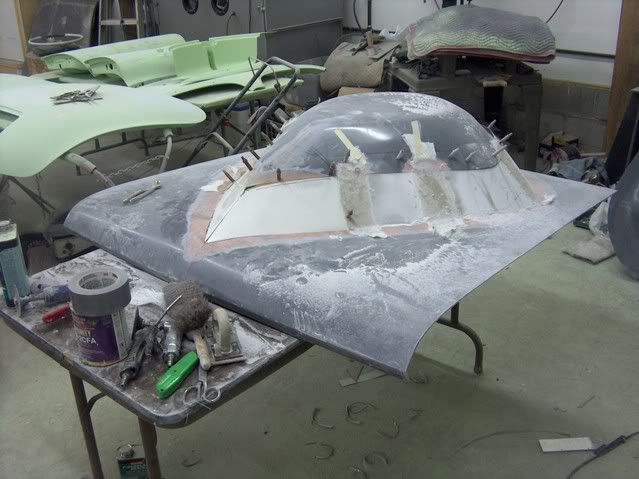

The owner did stop by and loved the look. When I gave him a hard time, he did say it wasn't that he didn't trust me, just that he couldn't see my vision.
Starting to take shape. All the aluminum is removed, mat installed inside and out. A couple low spots and thin spots, as well as one really thin spot that looks like a hole!
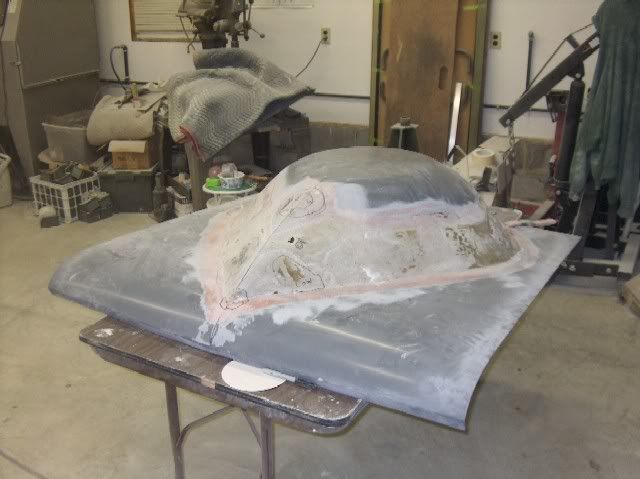
Looks like this might work yet!
The owner first had plans for a resto-mod, but after a weekend as a spectator at the MIR drag strip, he had flashbacks of an earlier time, and the direction of the build drastically changed. A full chrome moly tube chassis was built and the body installed at Cheeks Performance in VA. And this is what I had to work with.....

As an homage to the Thunderbolts from a year earlier, the owner had decided on a Crites teardrop hood. Only it didn't quite fit......


....as the engine was raised up a bit for the harmonic balancer to clear the rack and pinion. He was ready to throw in the towel and send the hood back, and concede to using a snorkel. I told him to order another teardrop, and we'd make it work. He was hesitant (I don't think he trusted me), but he did order it.

Height mocked up. The aluminum will be used to support the f/g mat while the resin cures. Then it will get flipped over, remove the aluminum, and more mat goes in from the back side. I never could get the hang of welding on fiberglass, so I had a local Corvette guy come over and join in the fun.



Strips of f/g mat laid in to tighten things up, and keep the hood scoop from moving.


The owner did stop by and loved the look. When I gave him a hard time, he did say it wasn't that he didn't trust me, just that he couldn't see my vision.
Starting to take shape. All the aluminum is removed, mat installed inside and out. A couple low spots and thin spots, as well as one really thin spot that looks like a hole!

Looks like this might work yet!
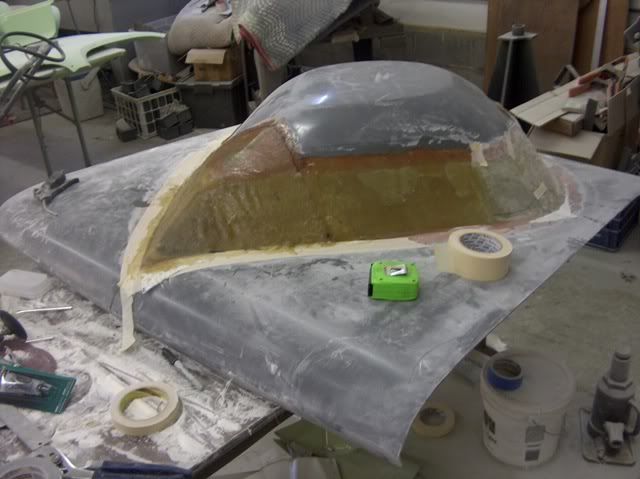
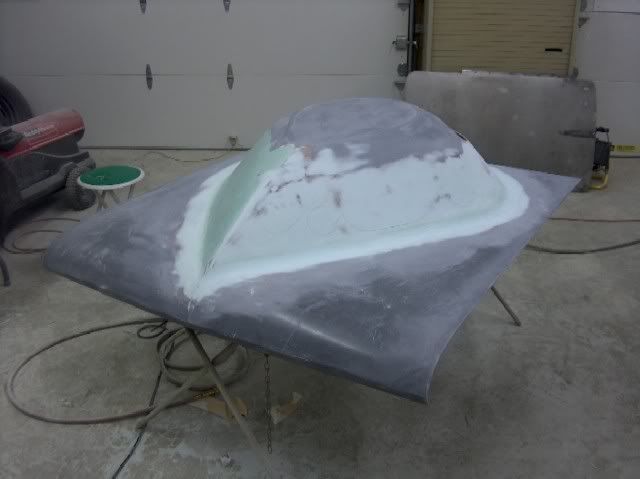

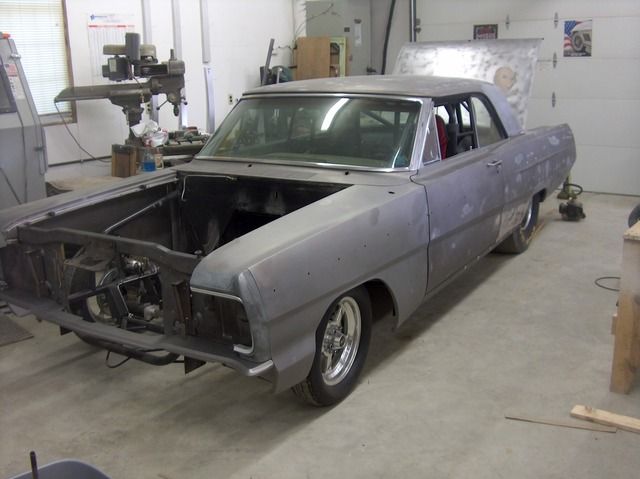

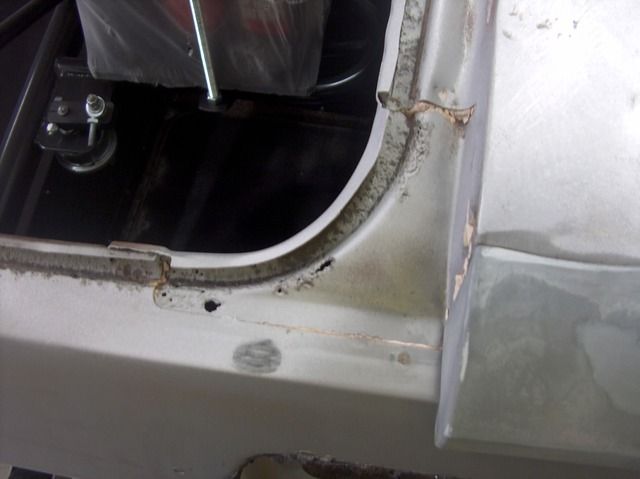

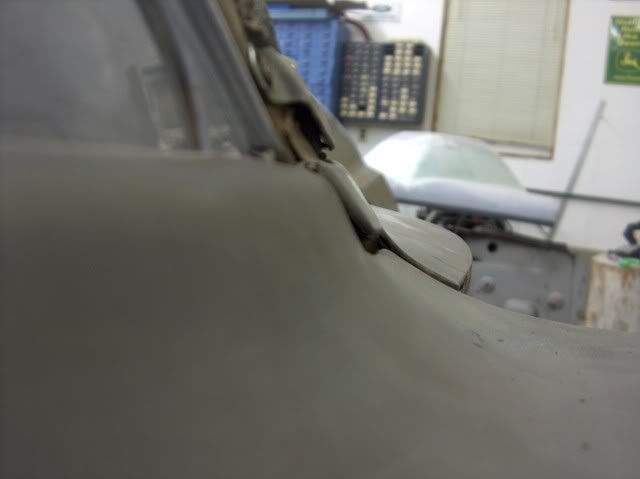
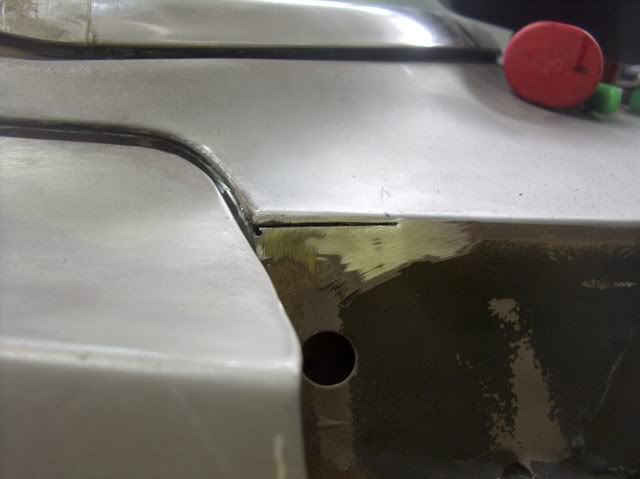
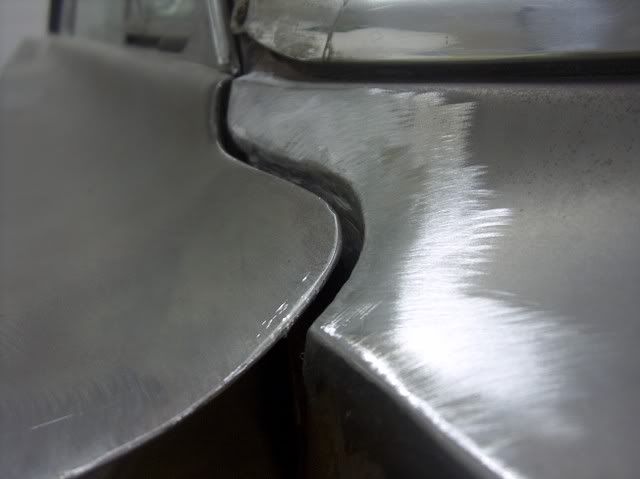
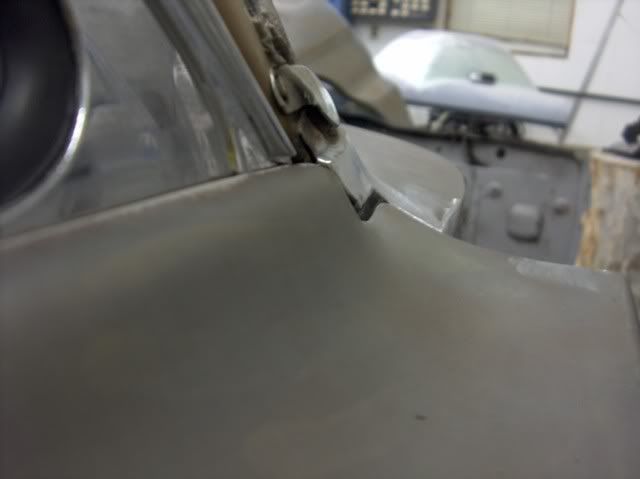
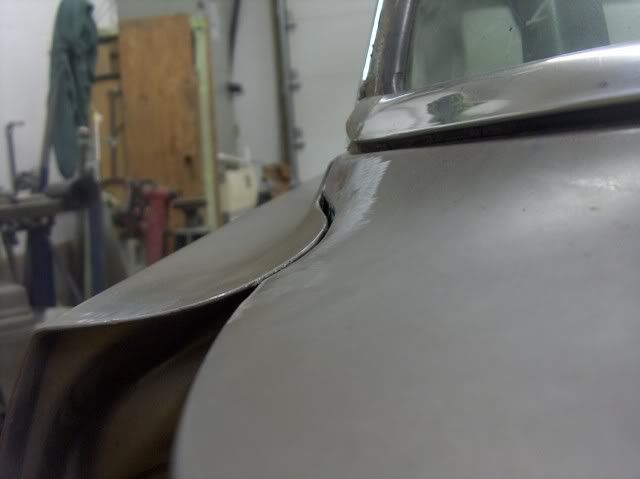
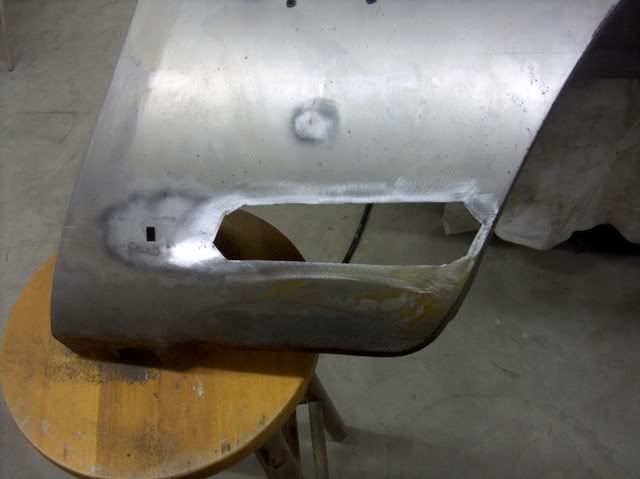
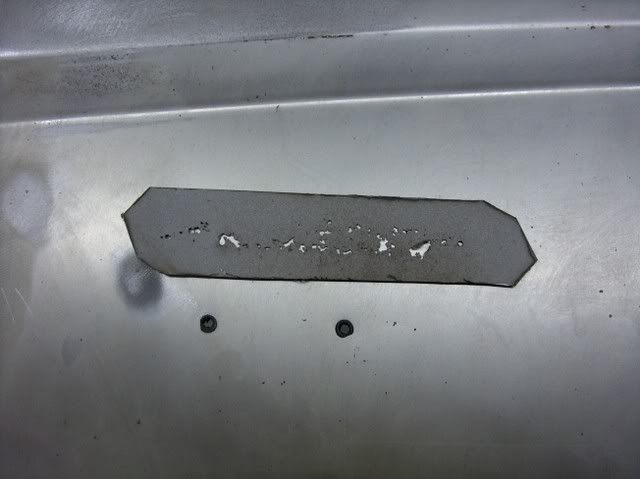
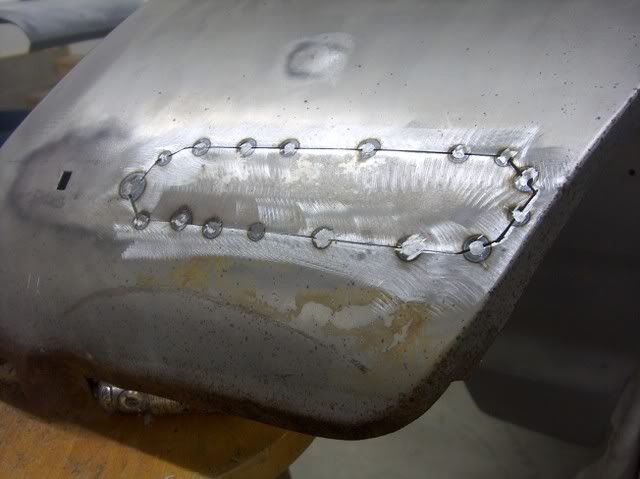
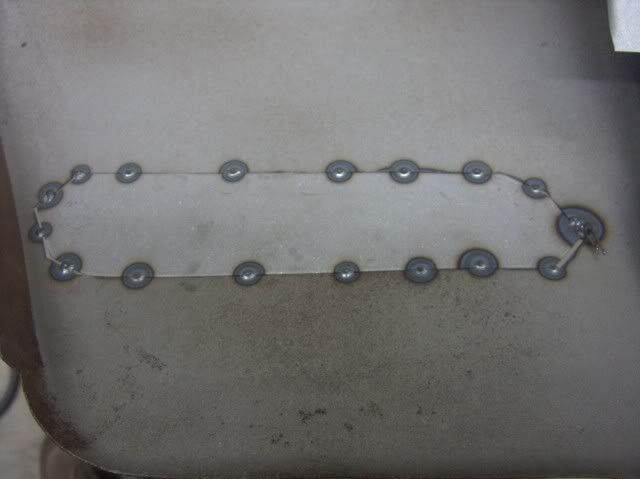

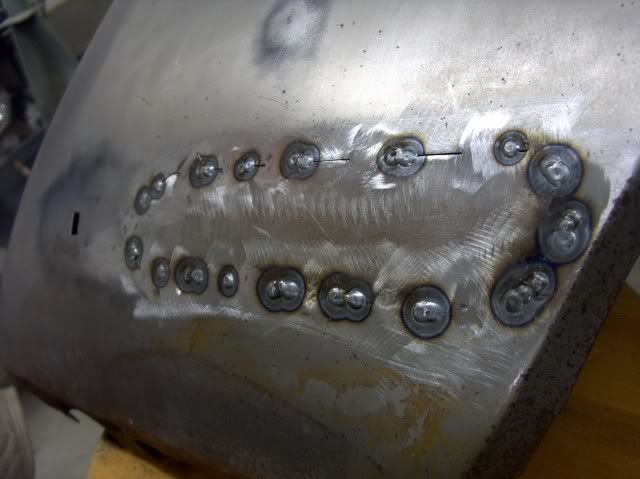


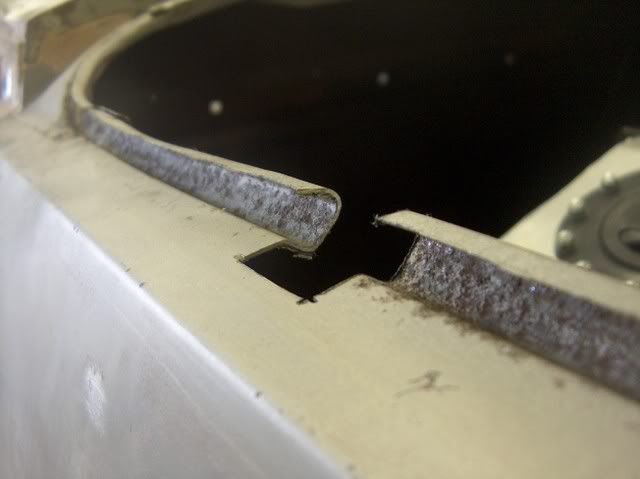
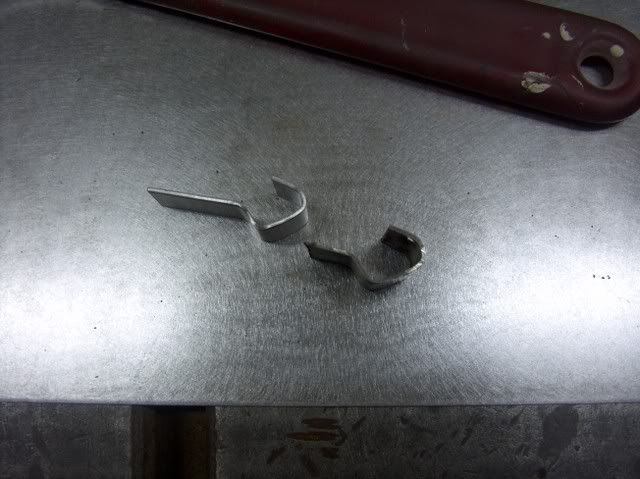
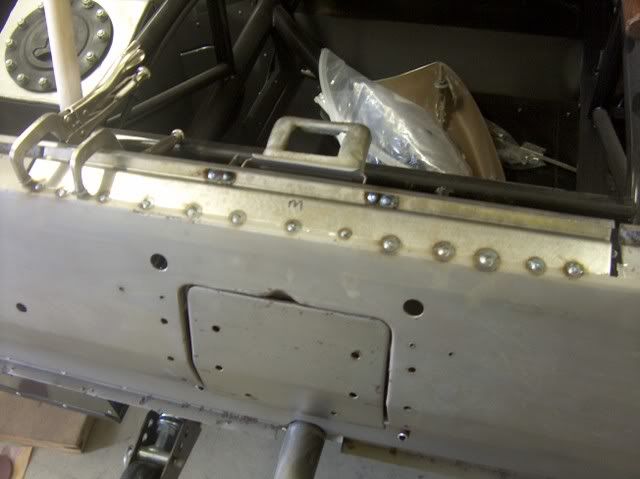
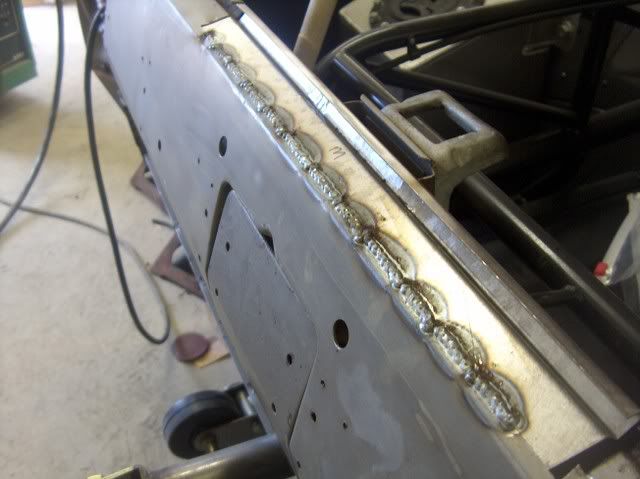
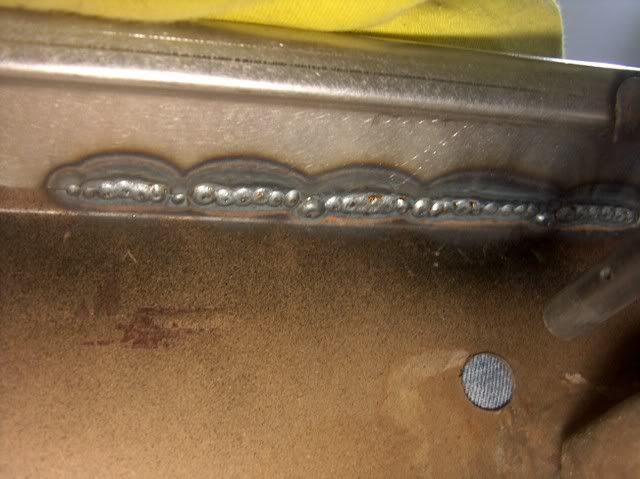
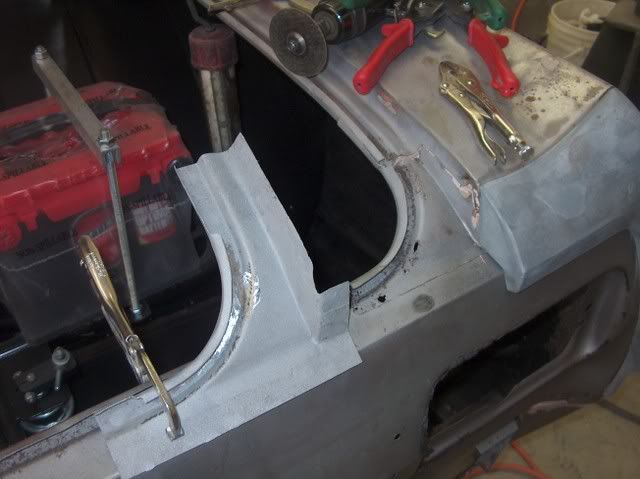
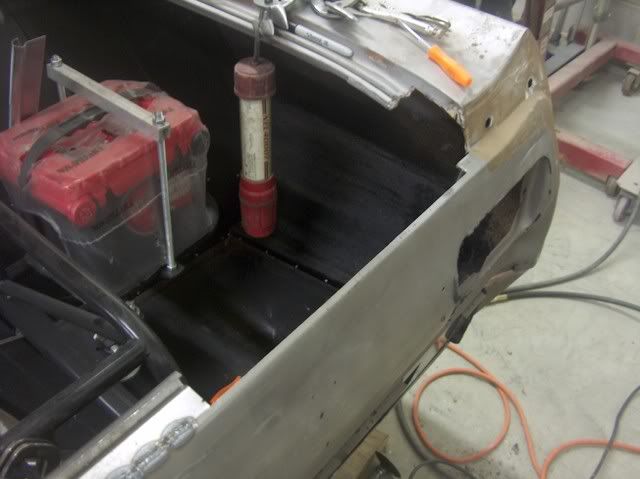
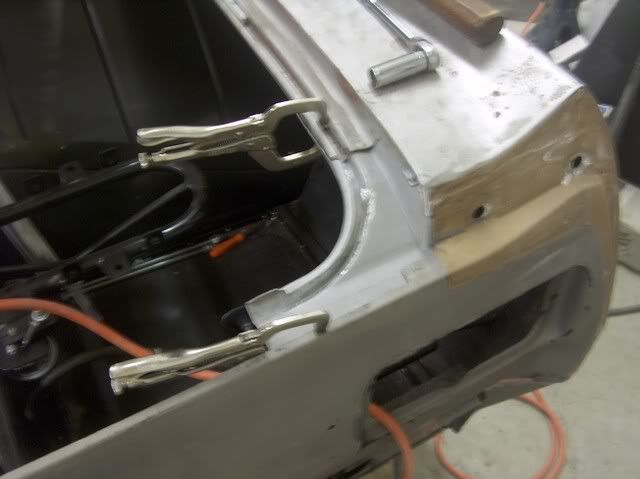
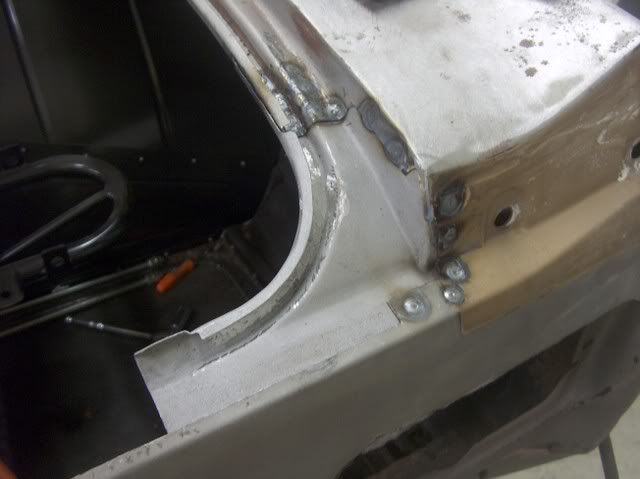
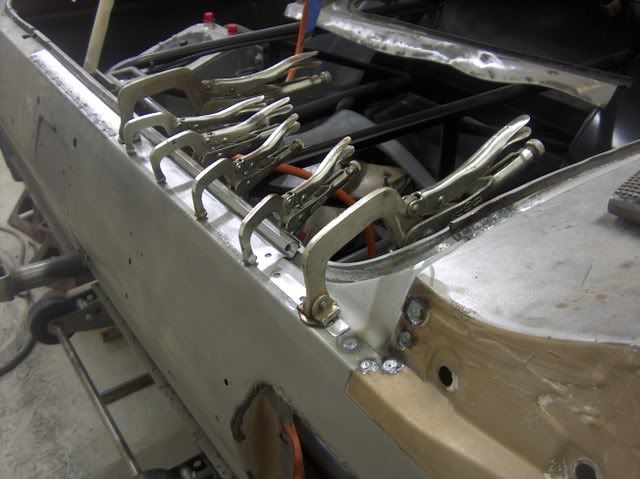

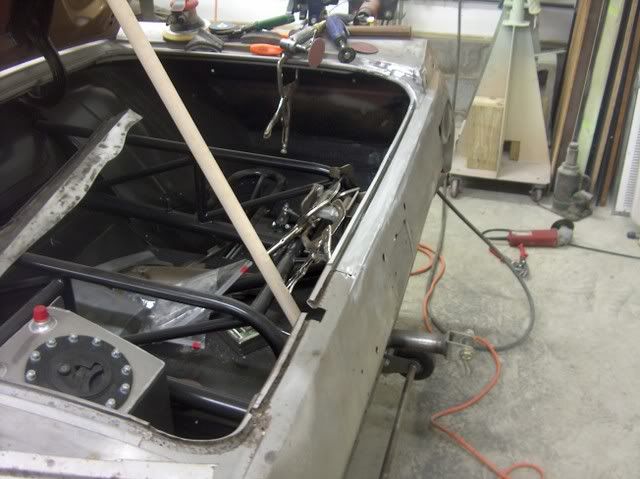
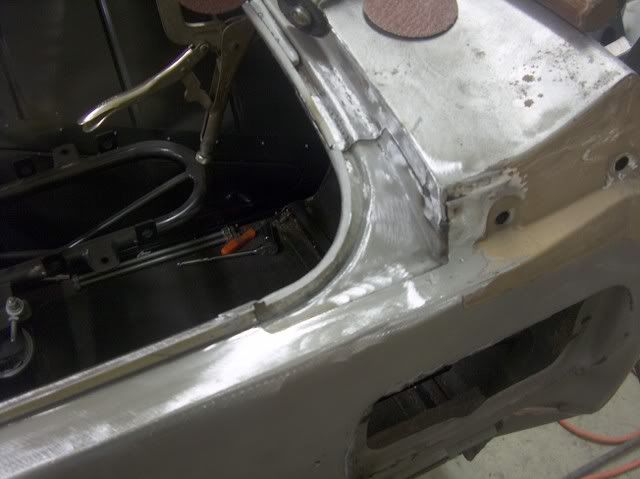
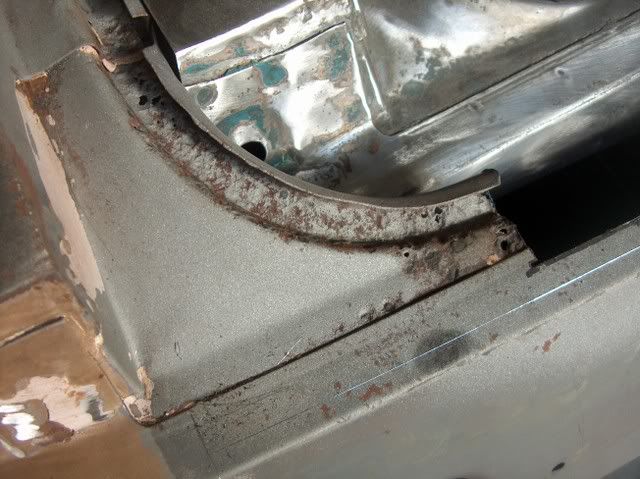
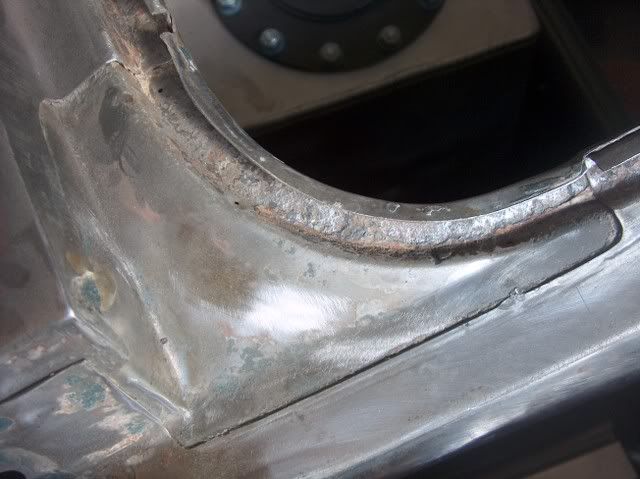
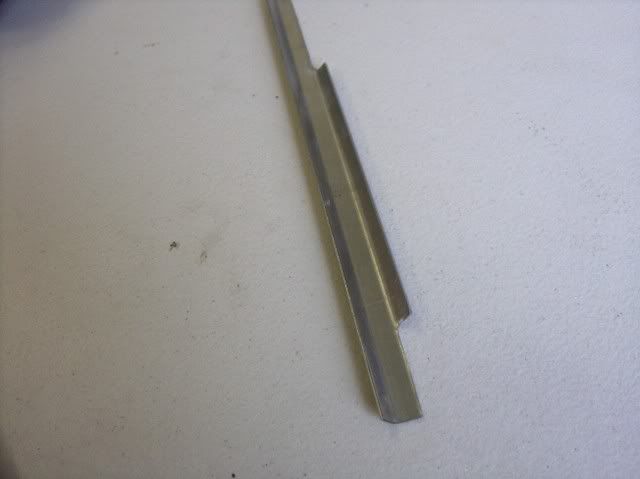
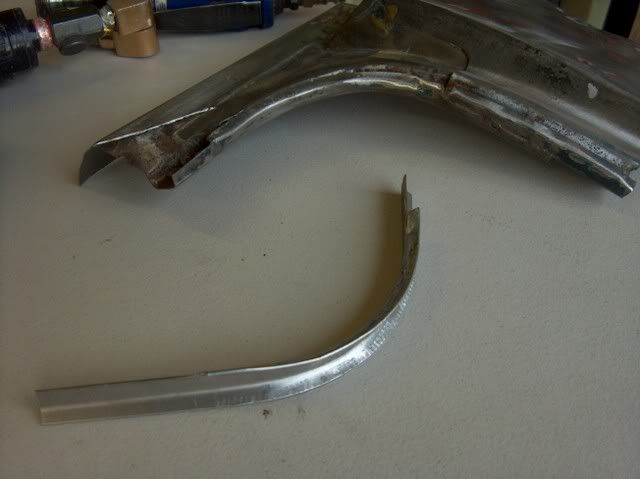
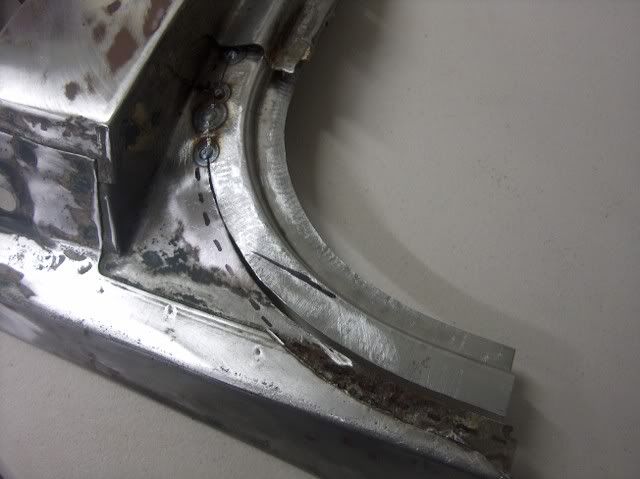
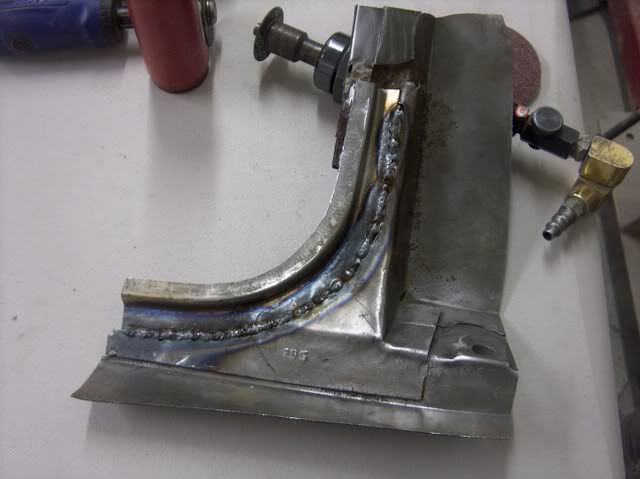
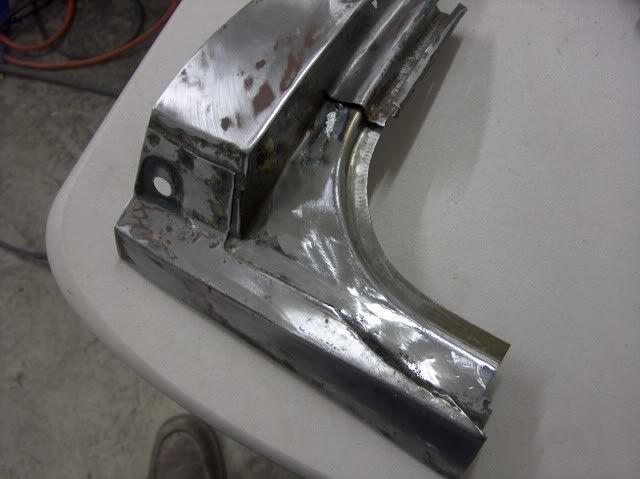
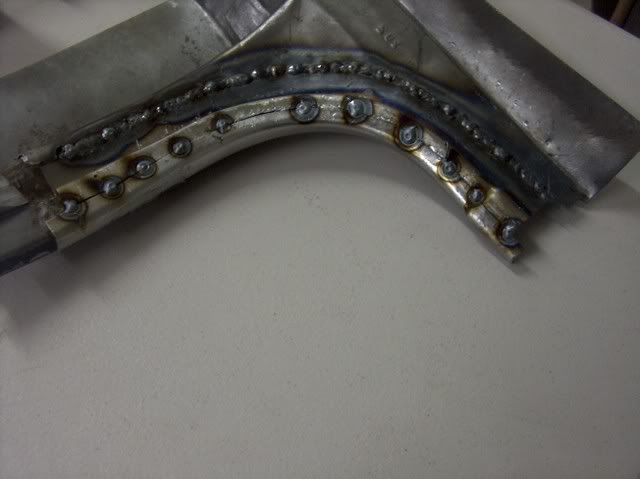

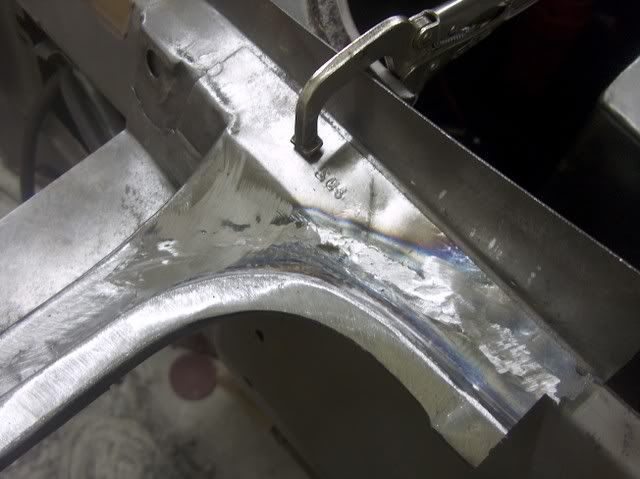
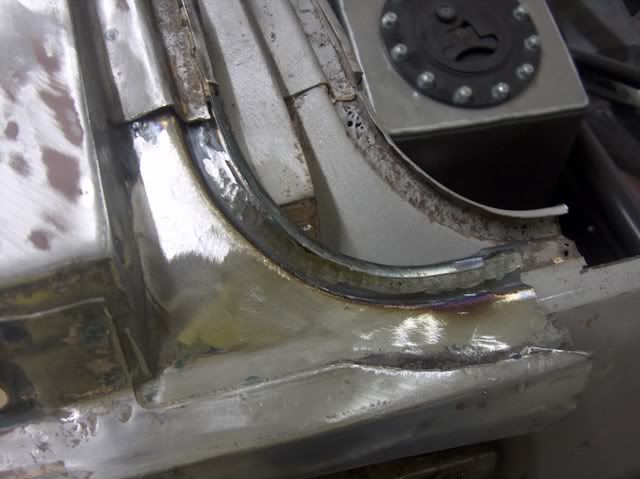
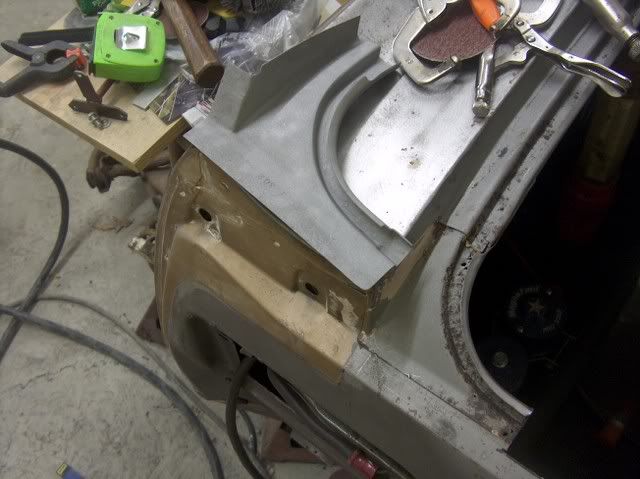
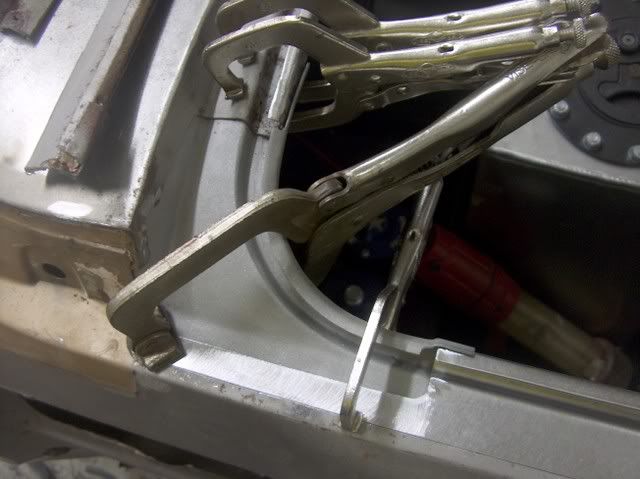
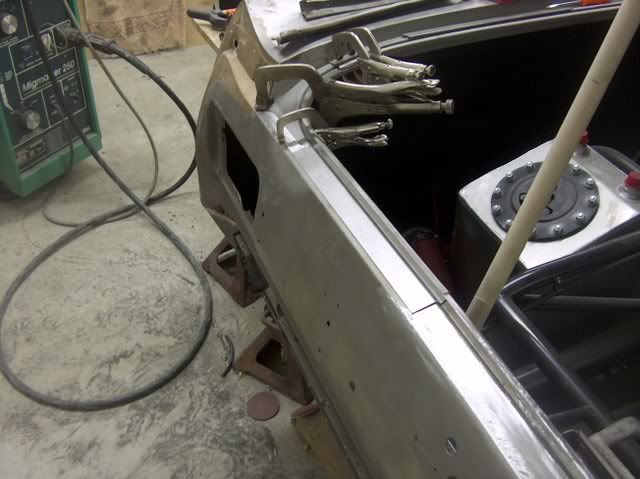

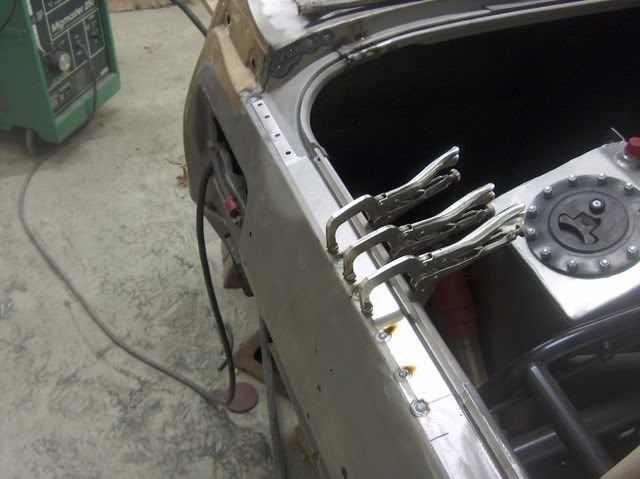

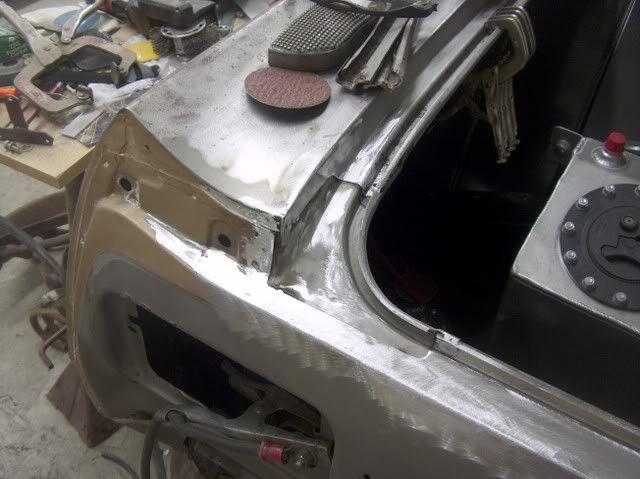


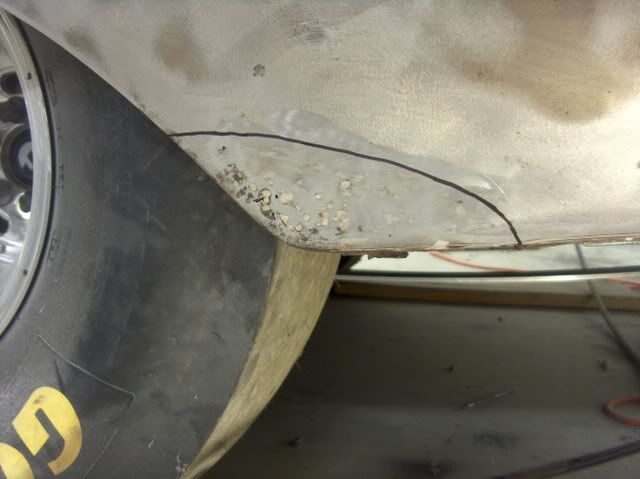
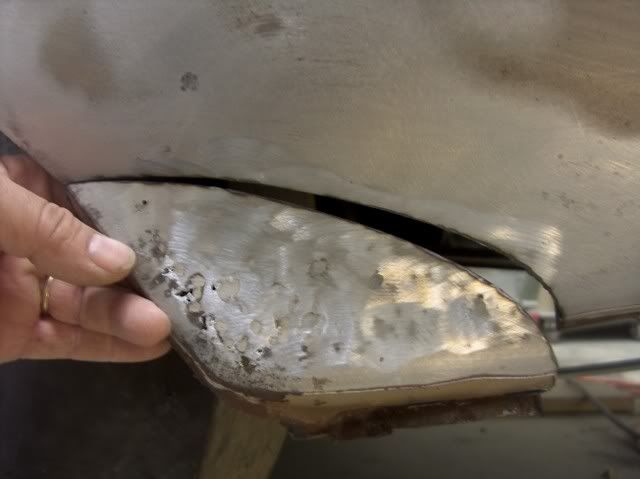
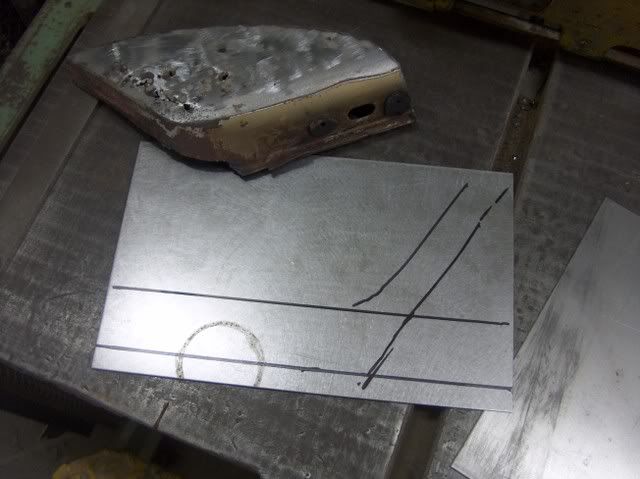
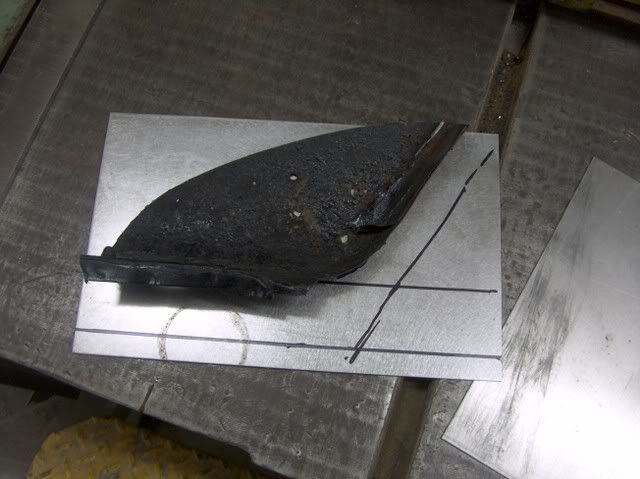

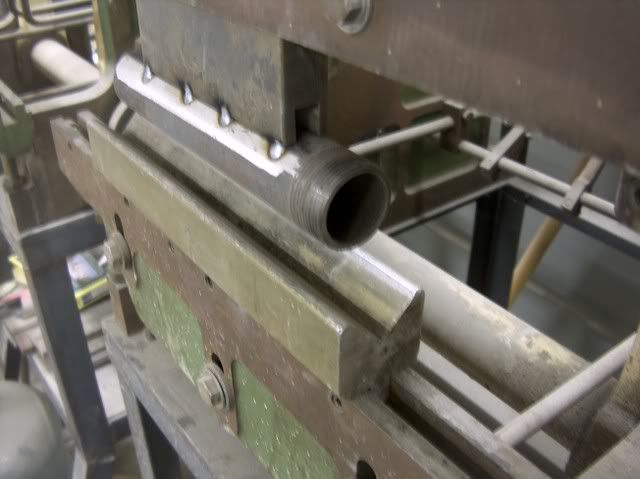
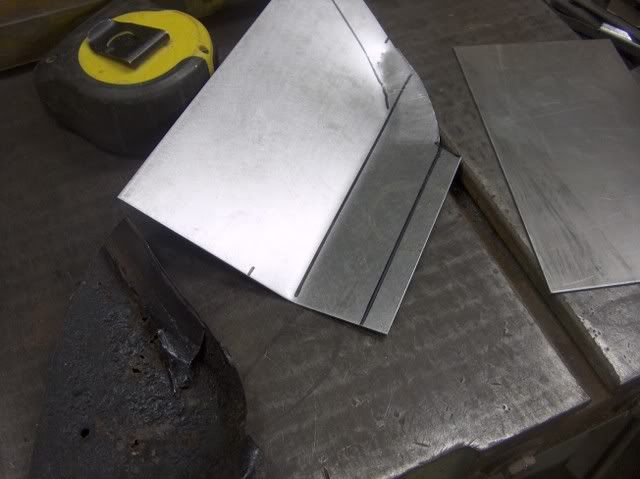
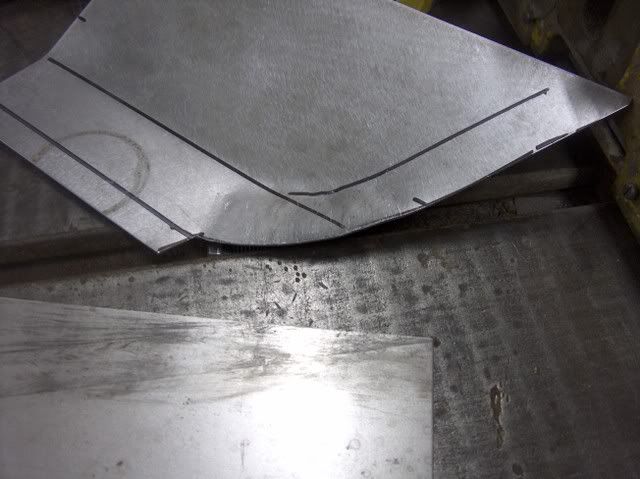



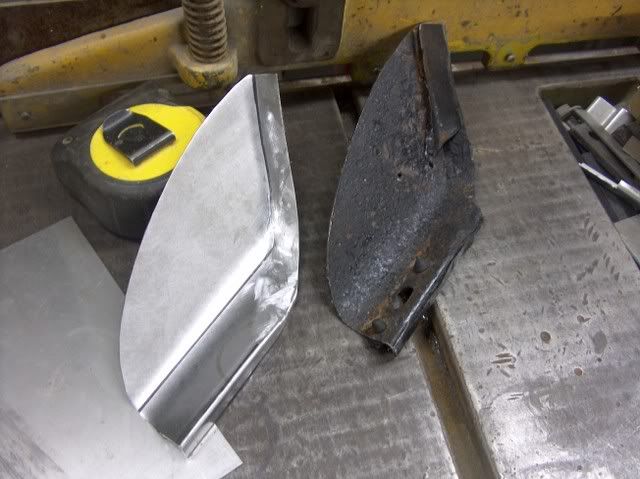
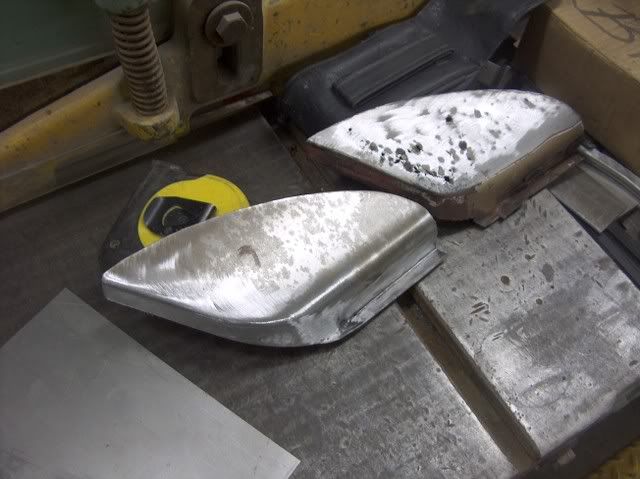
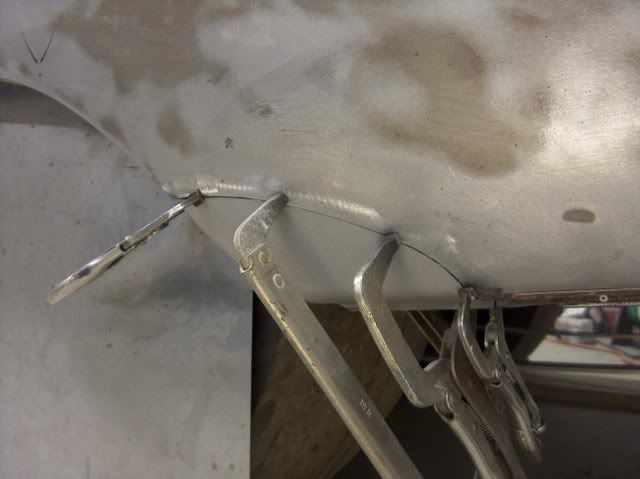
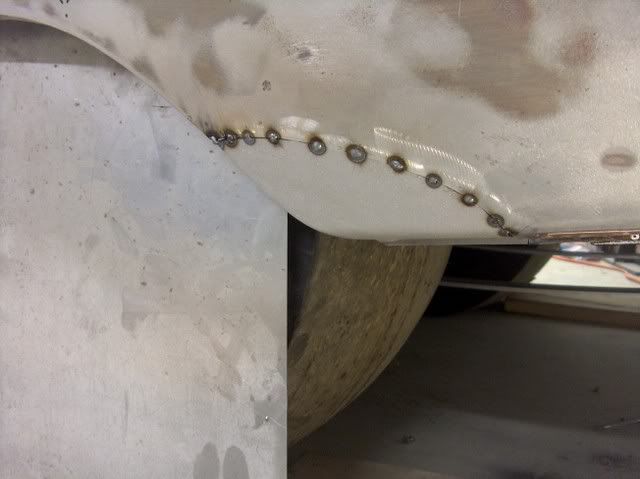


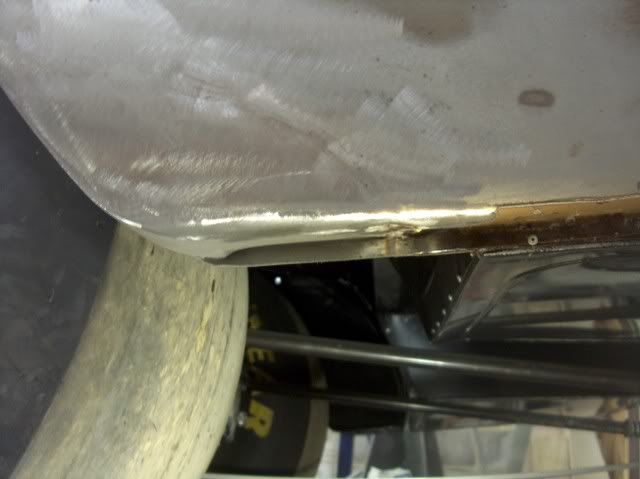
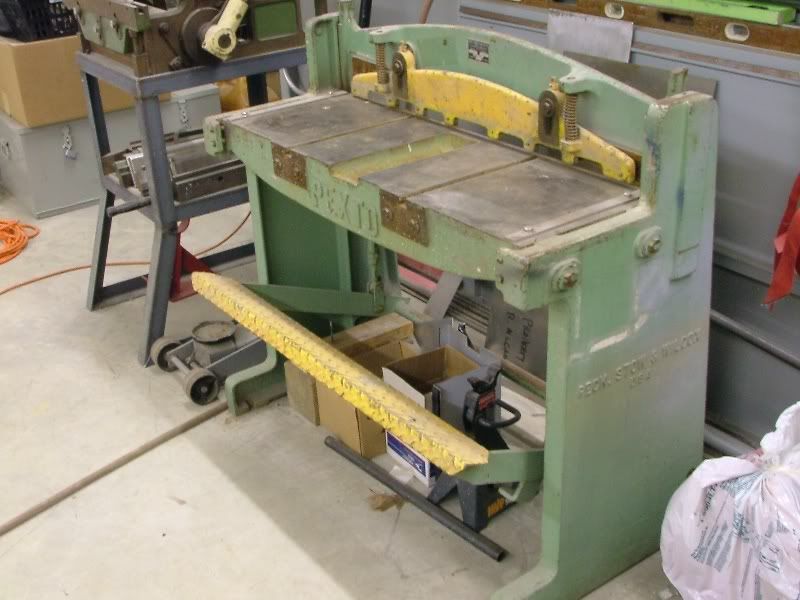
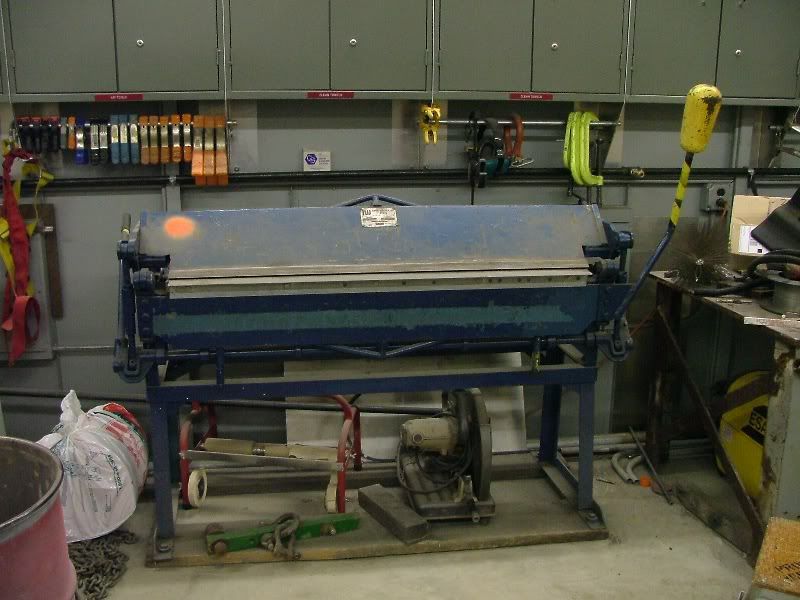

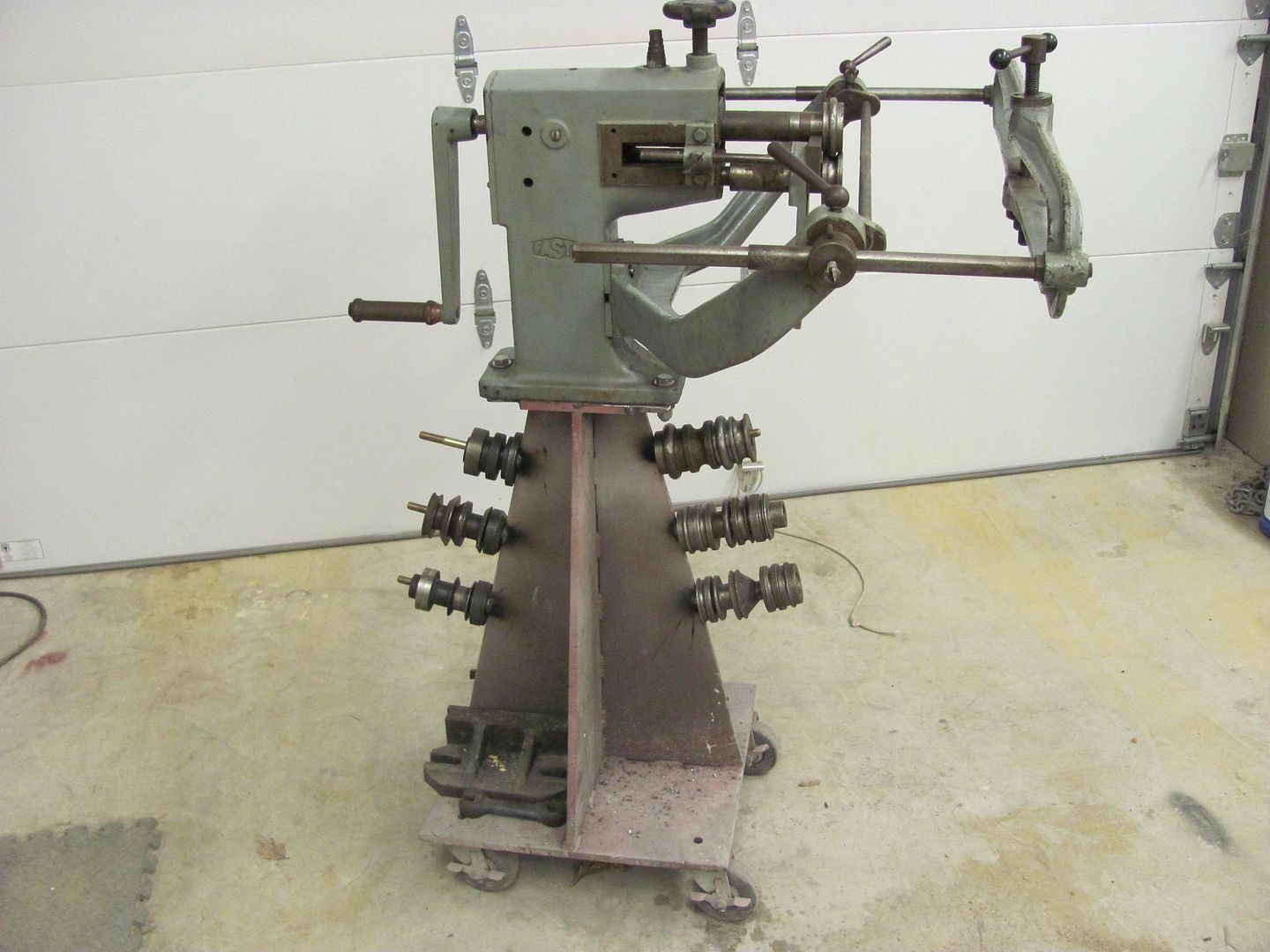

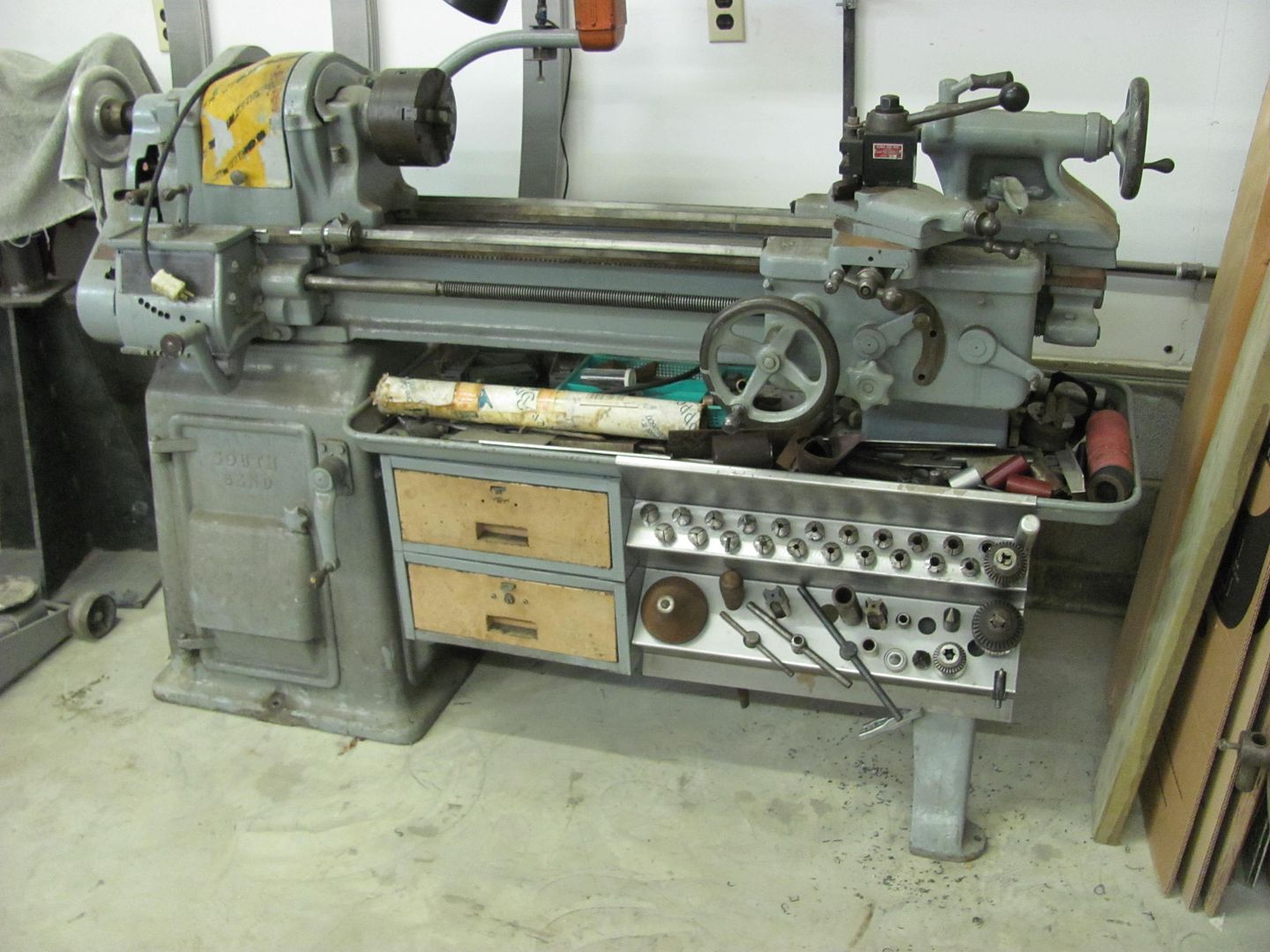


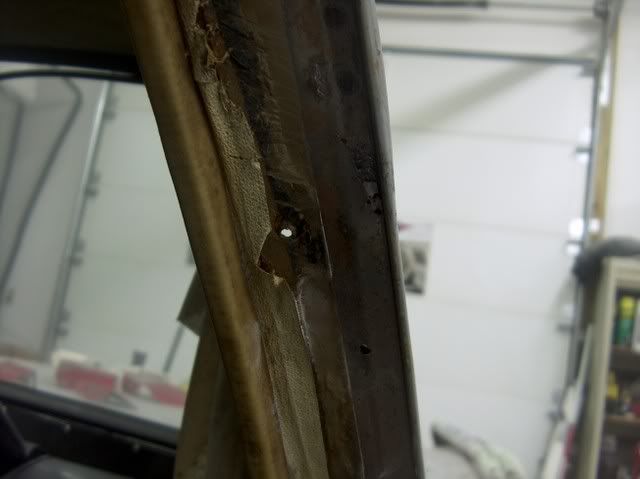
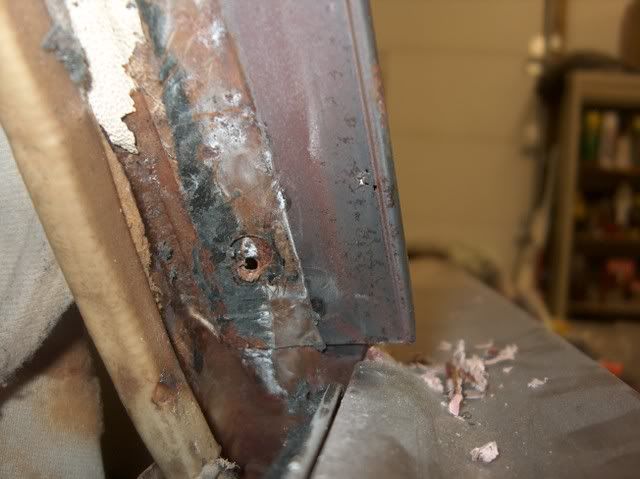

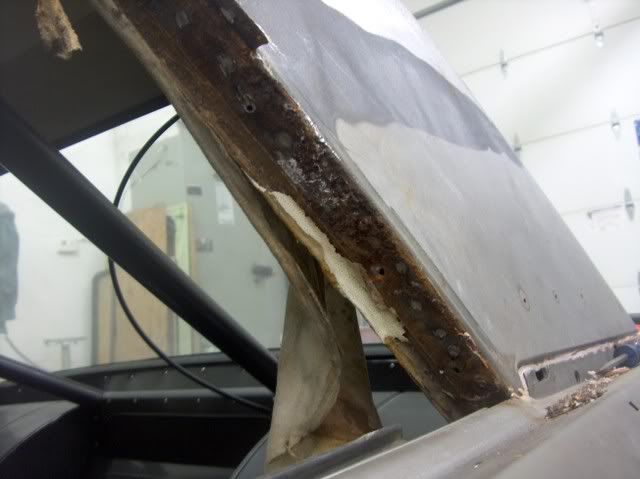
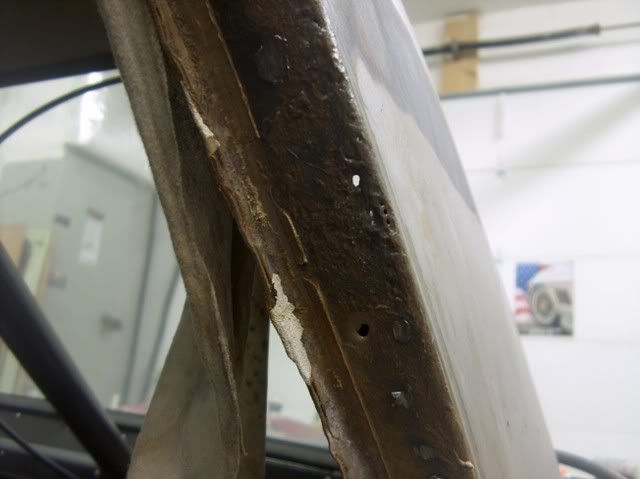
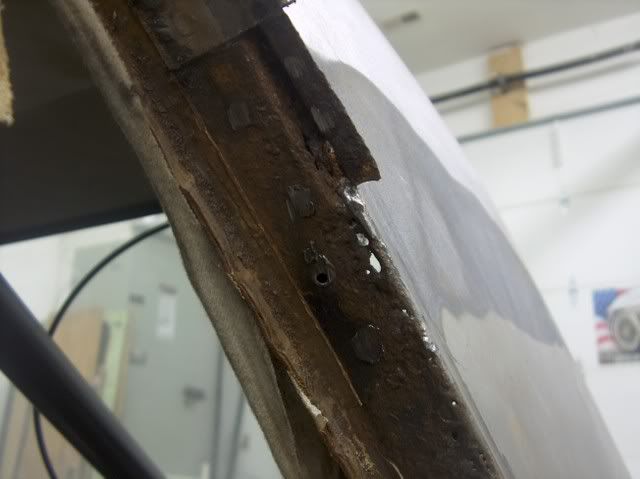
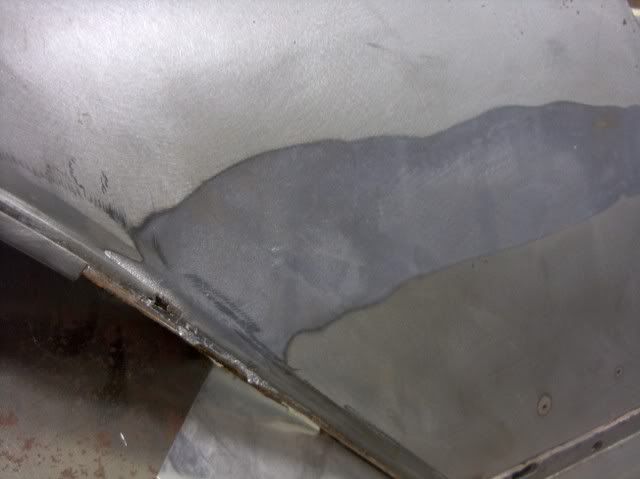
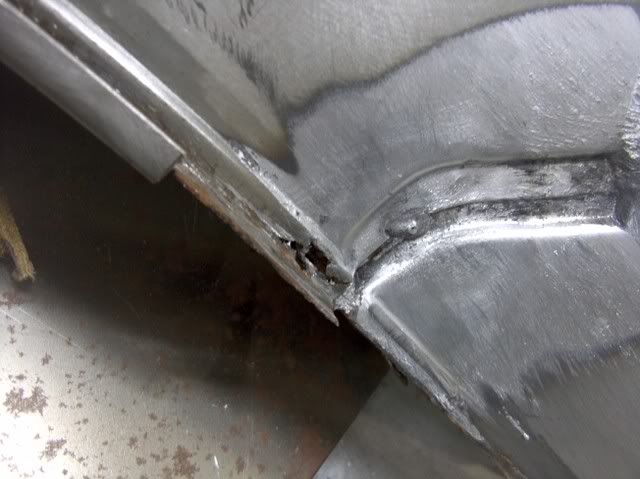
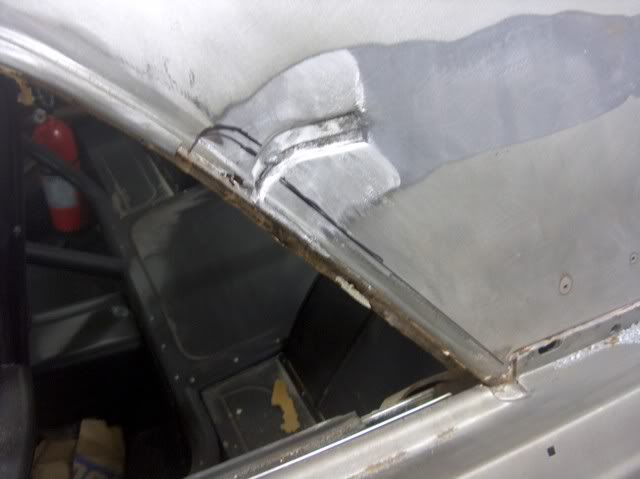
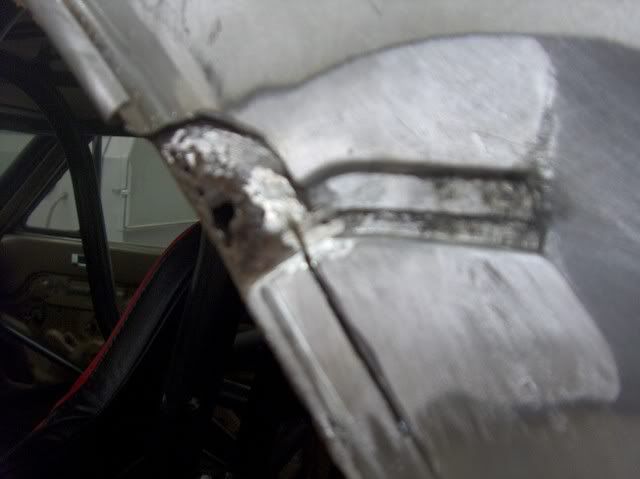
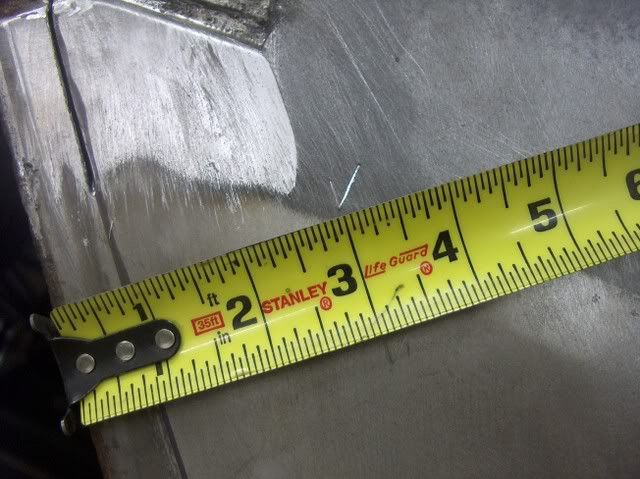
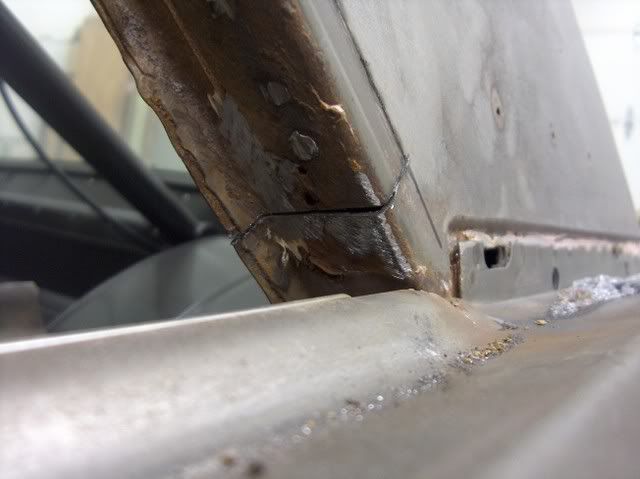
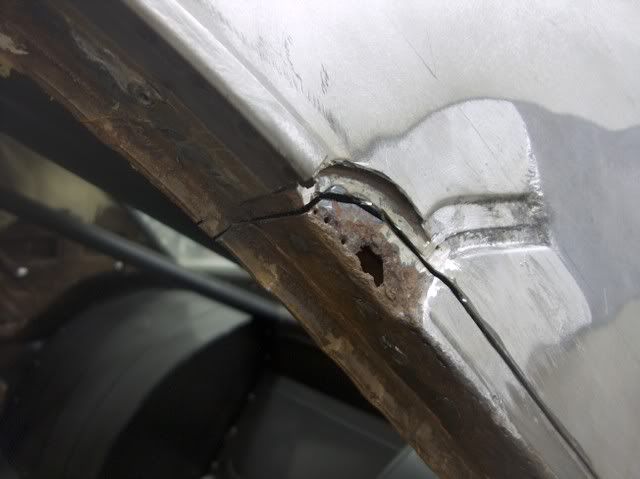
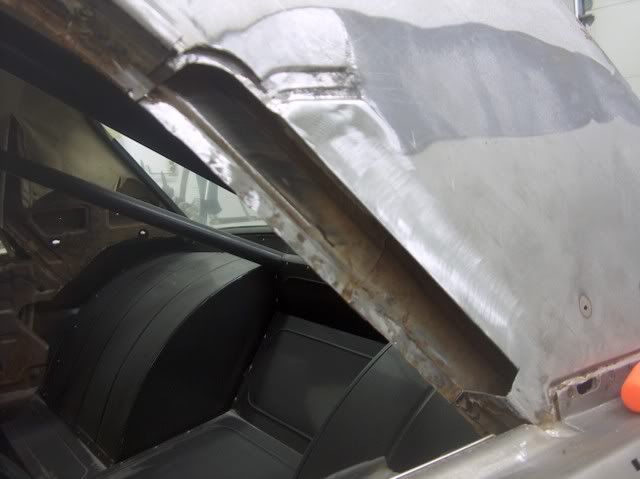
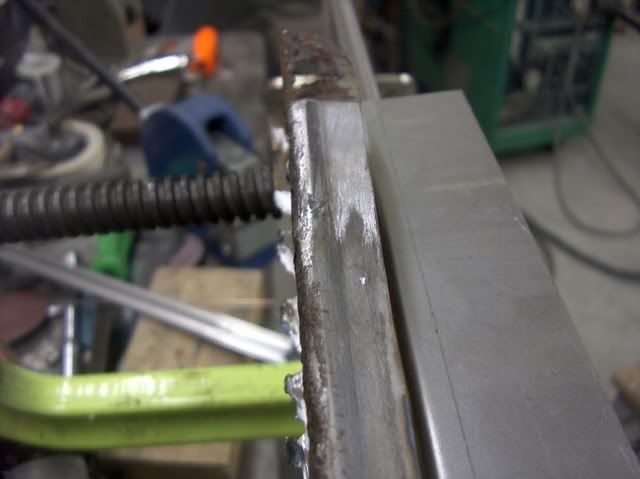
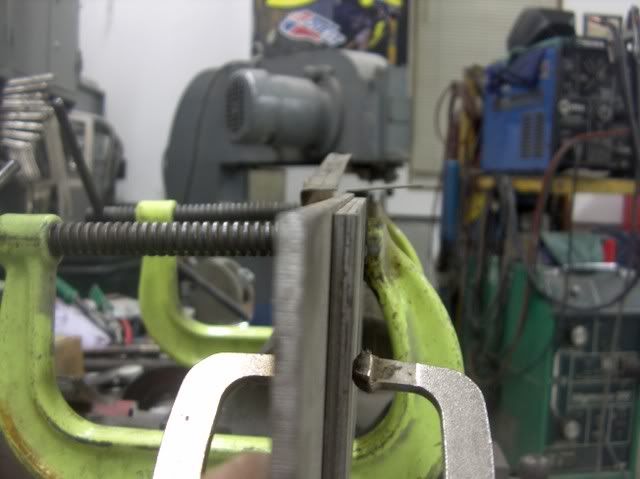
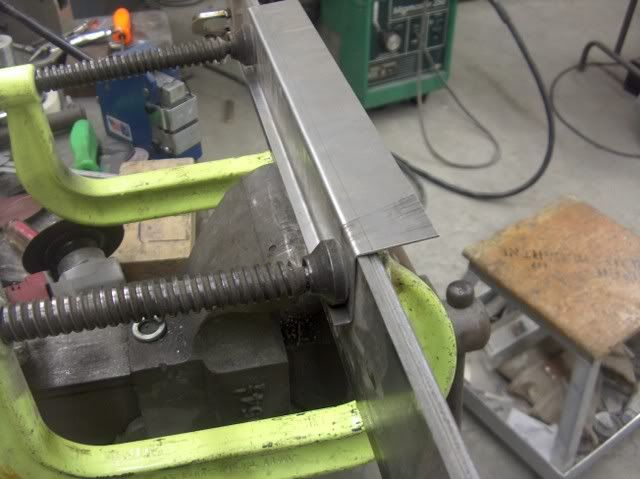

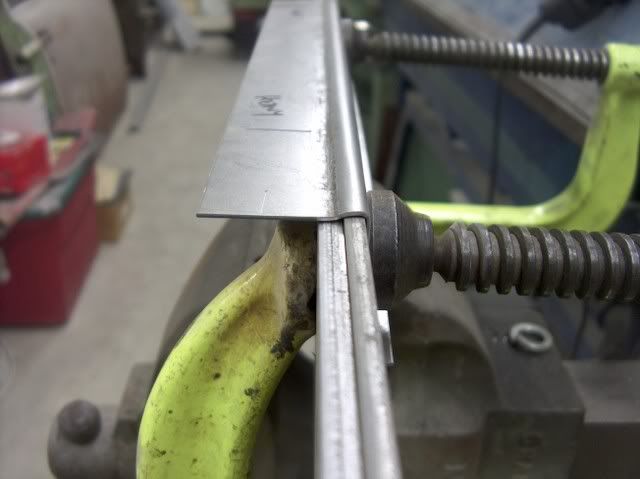
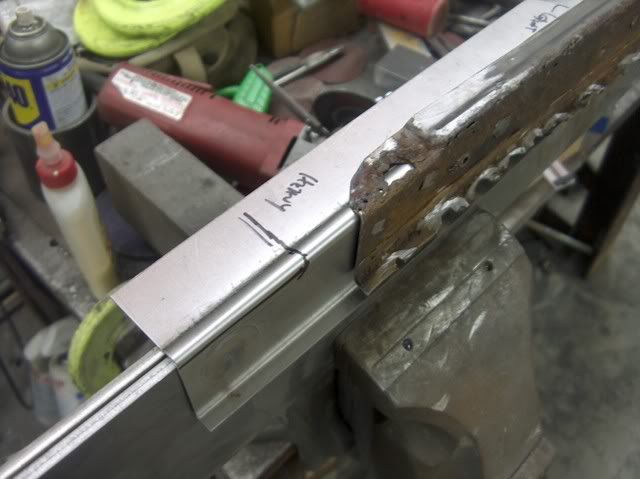
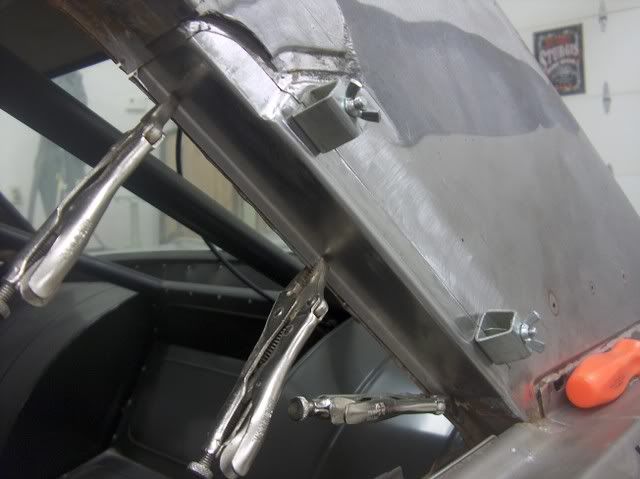
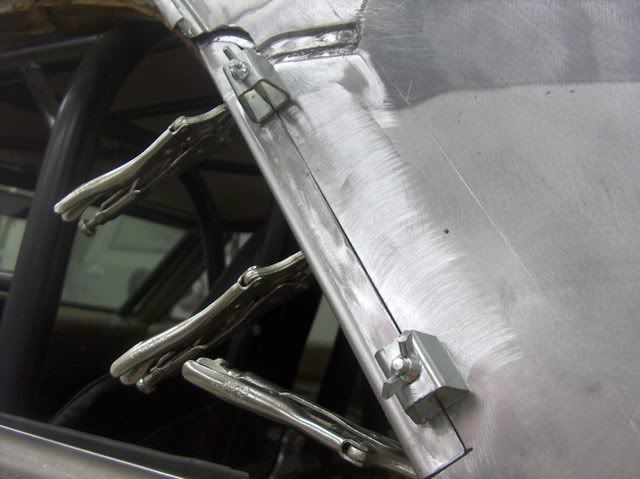

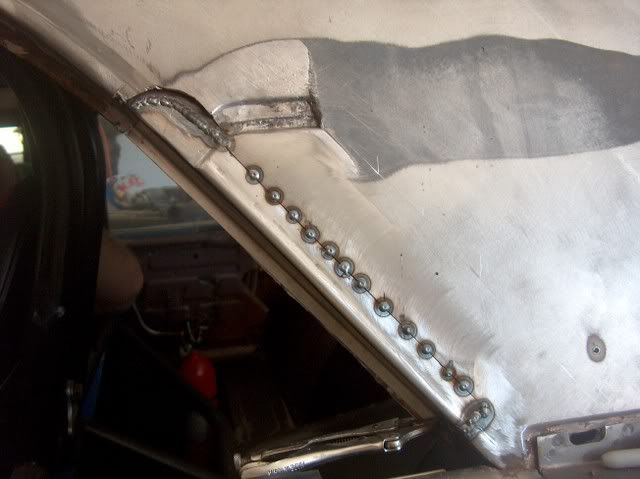
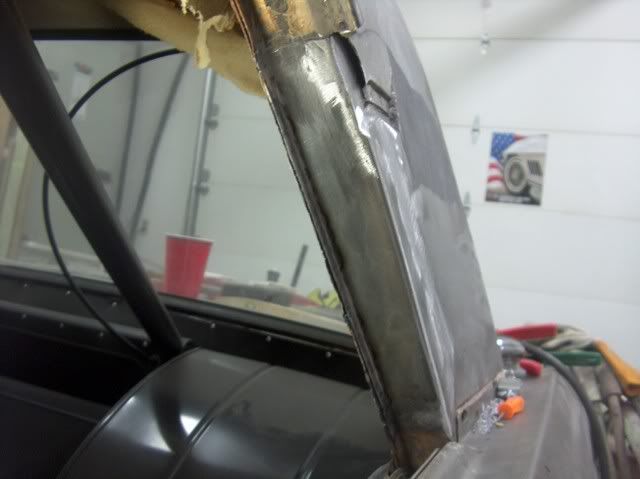
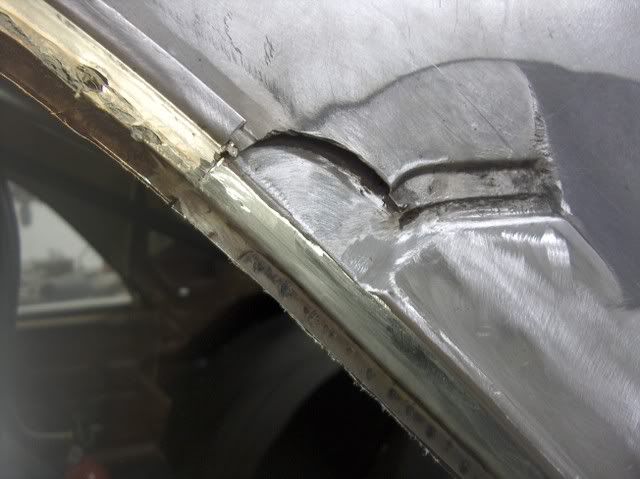

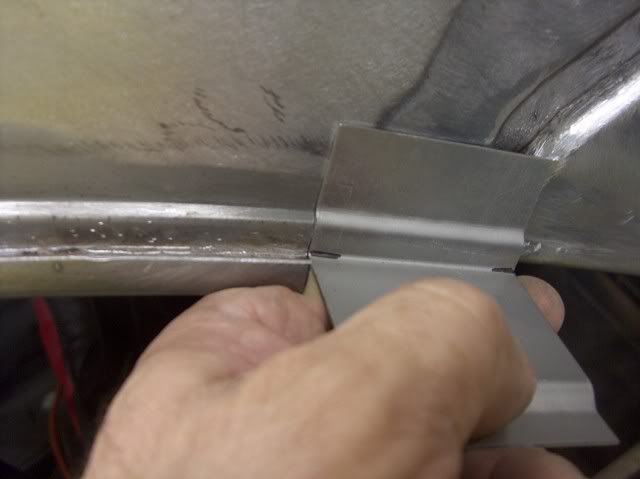
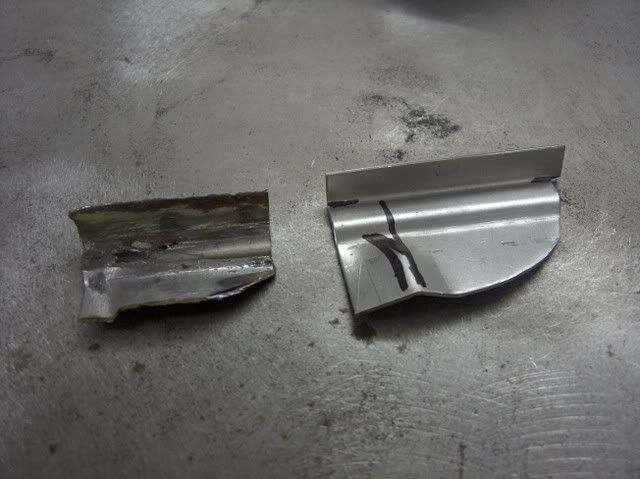
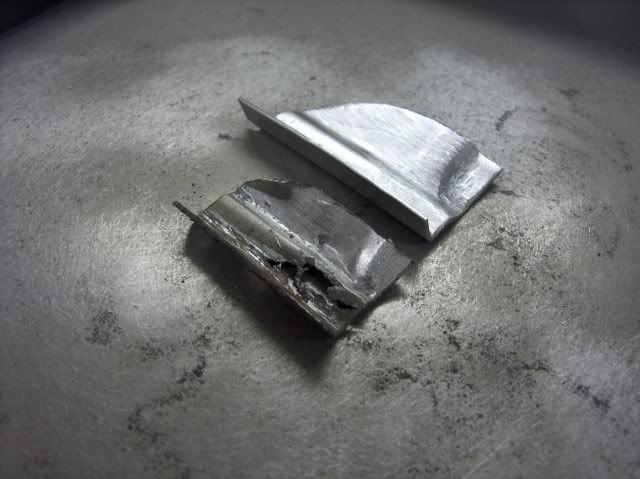
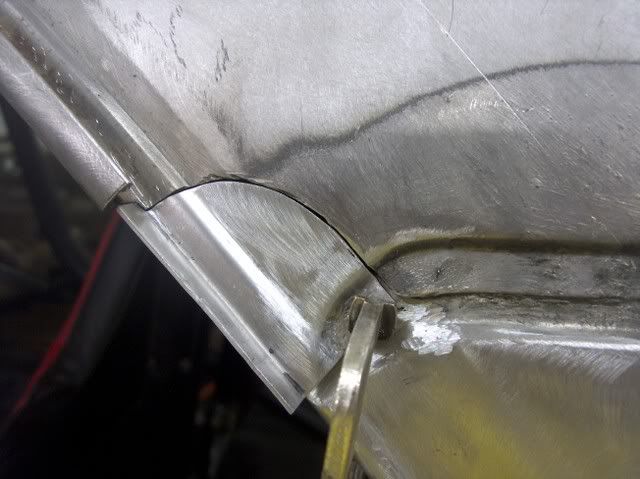

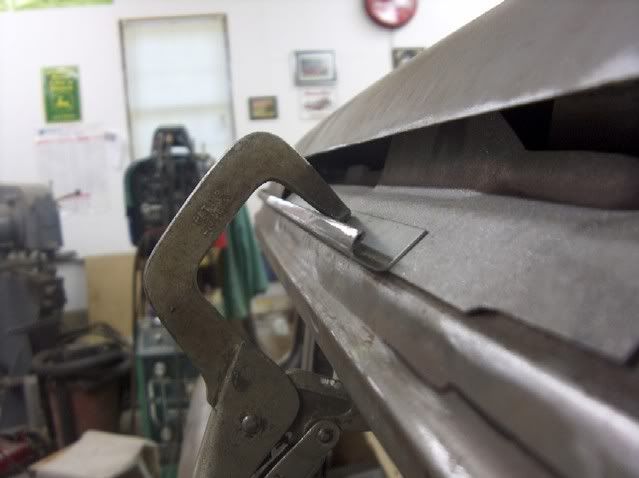

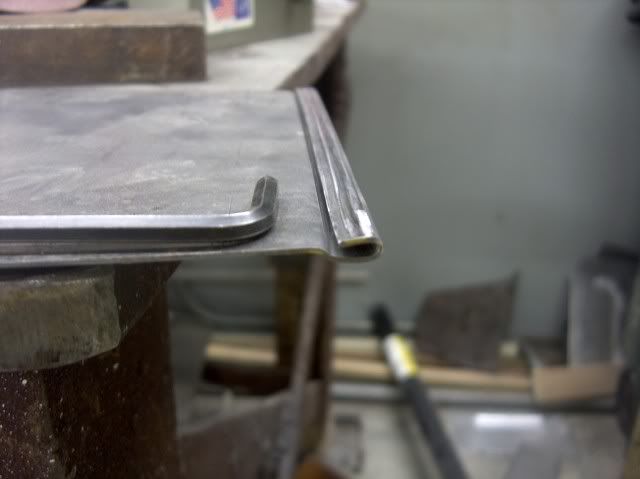


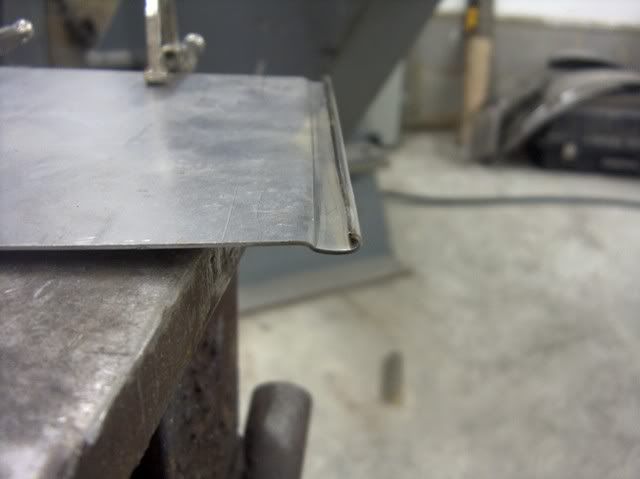
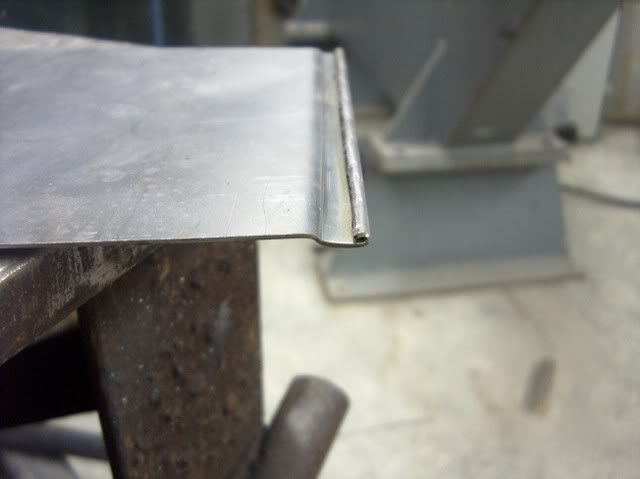

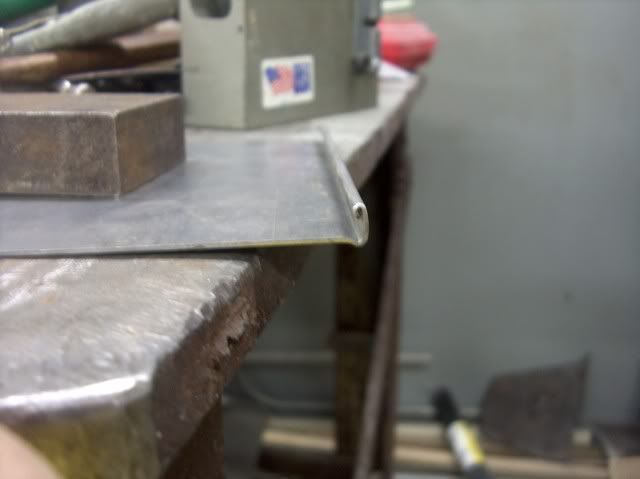


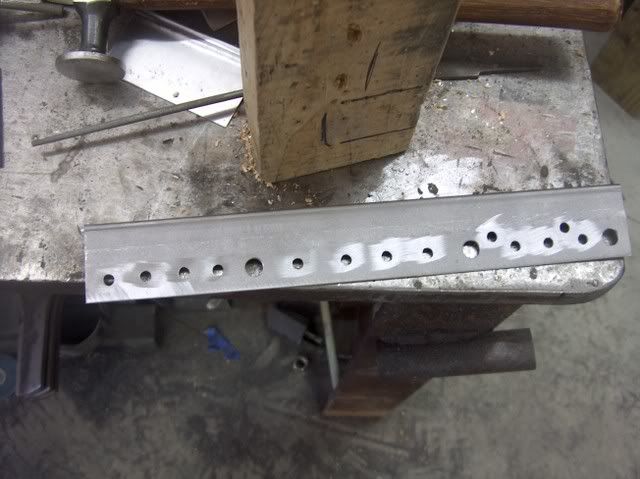
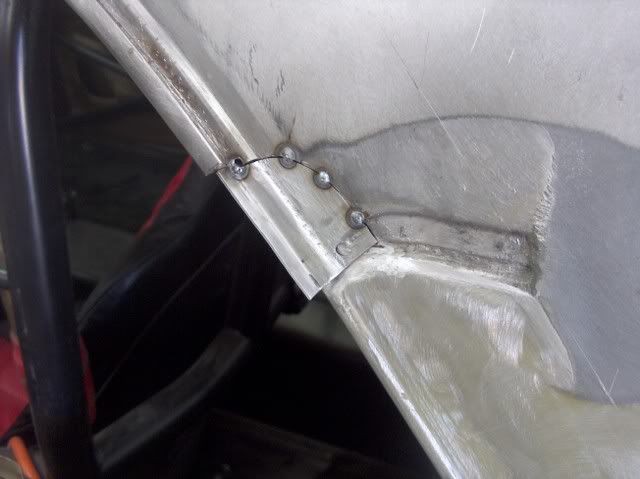

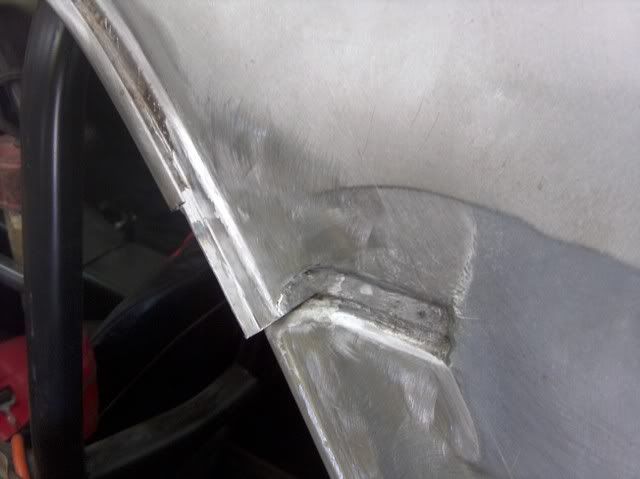
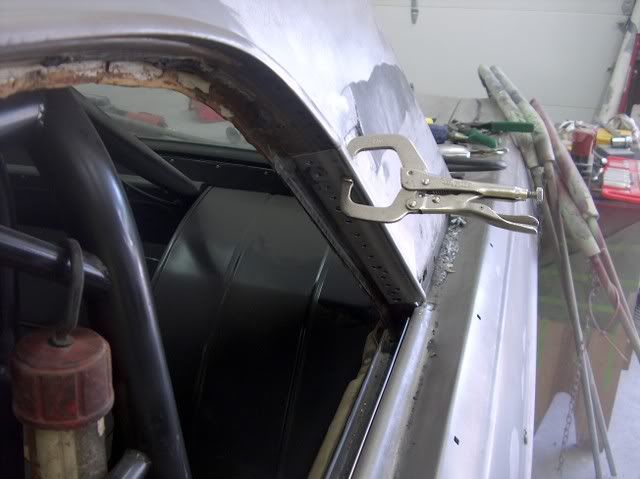
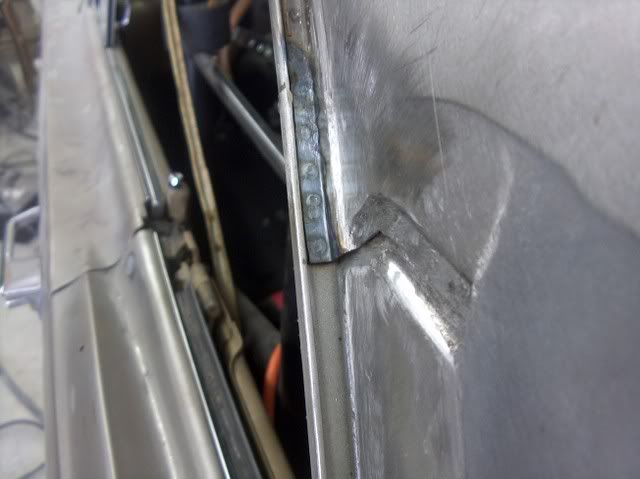
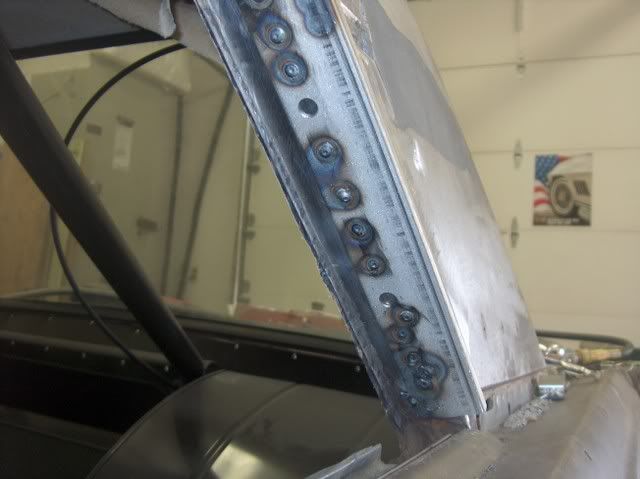
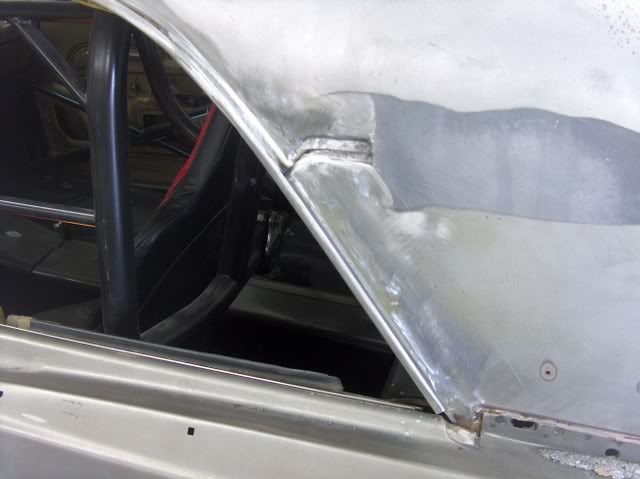
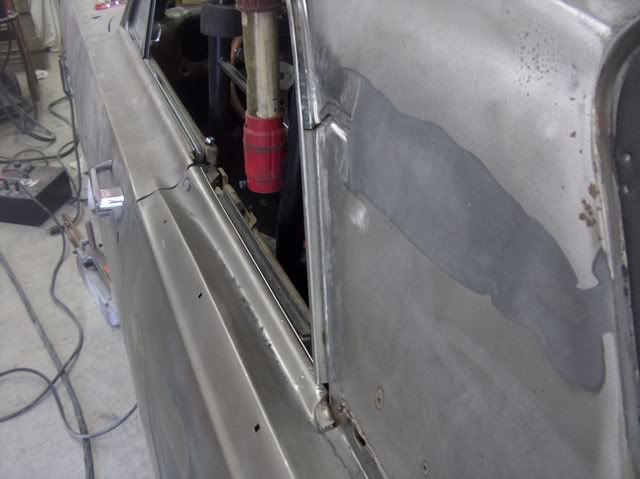
 Pardon me while I scrape my jaw off the floor. Very nice work.
Pardon me while I scrape my jaw off the floor. Very nice work.
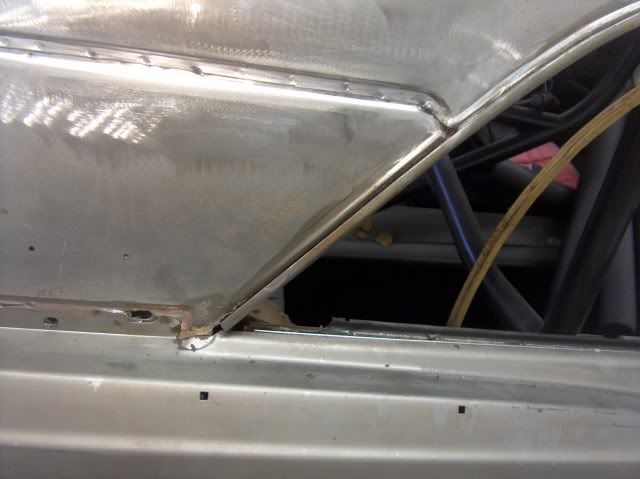
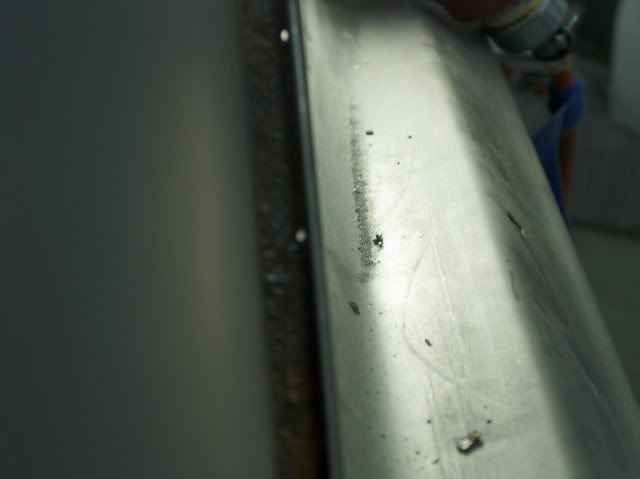

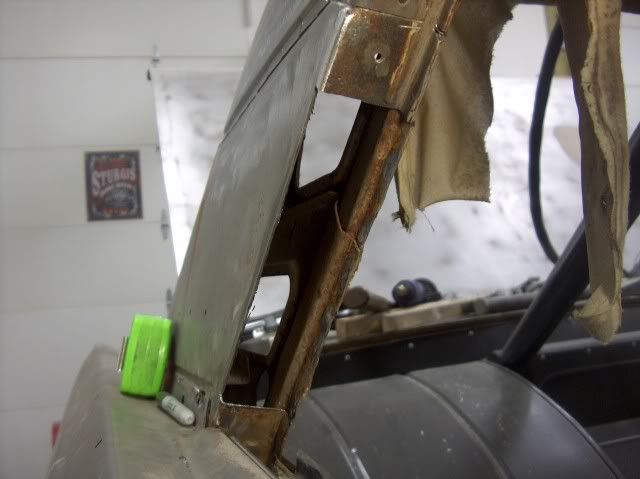
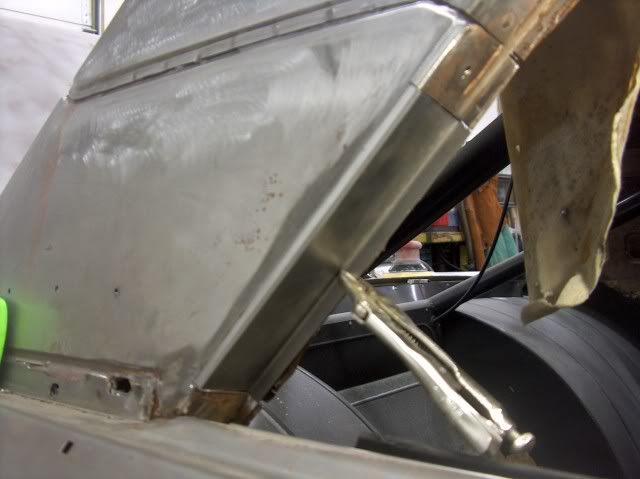

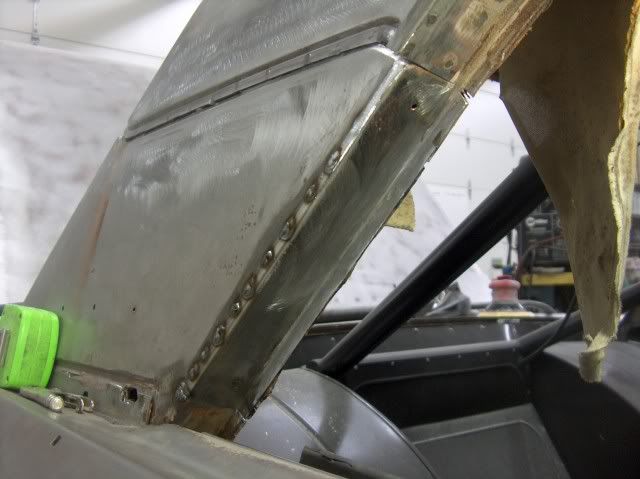
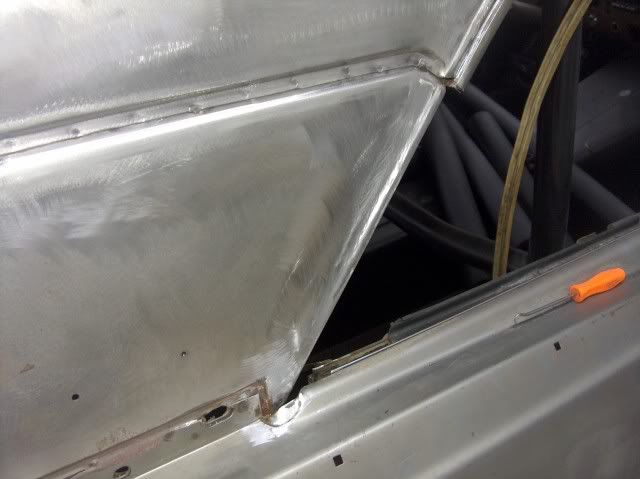

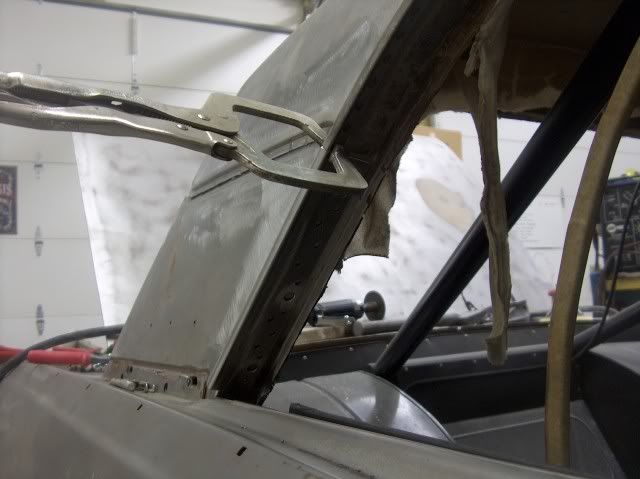
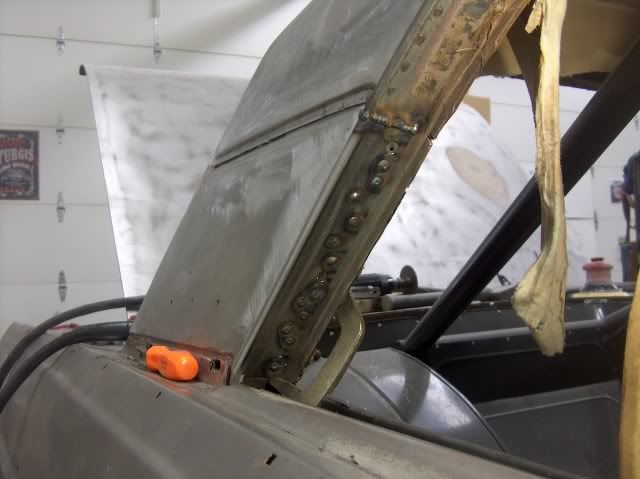


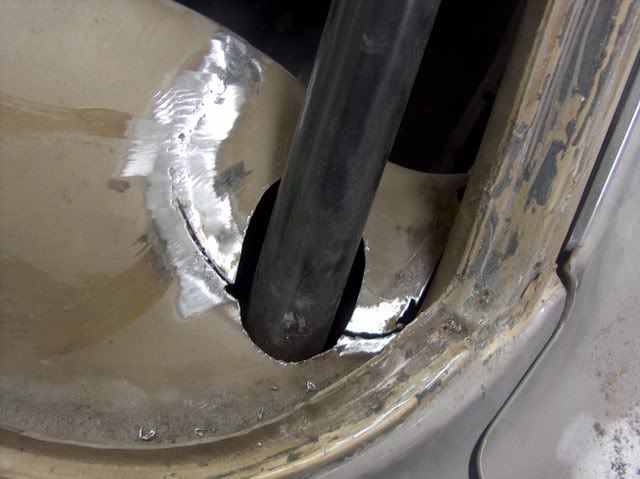
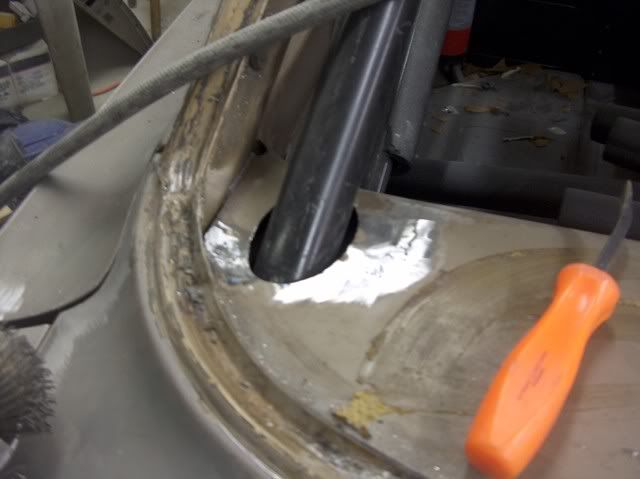
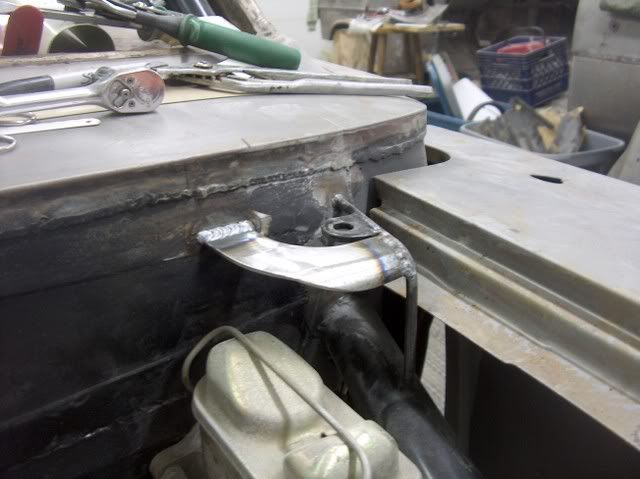
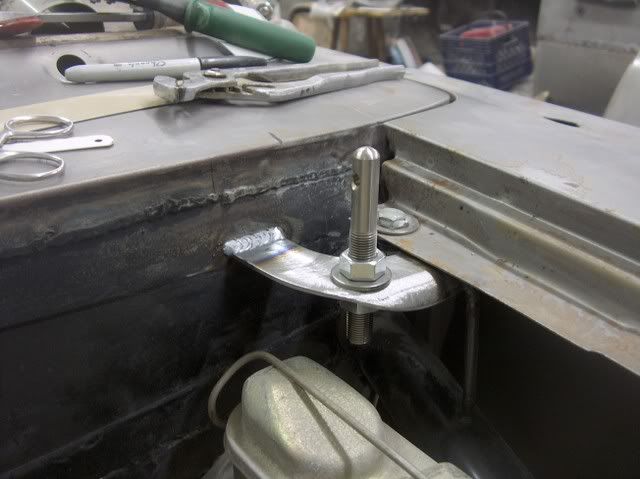
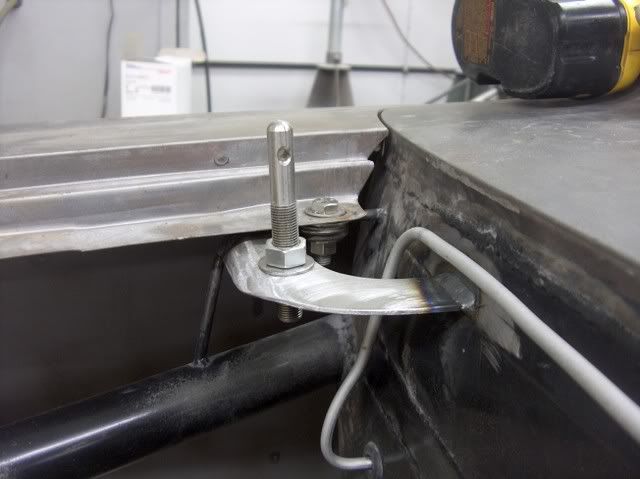
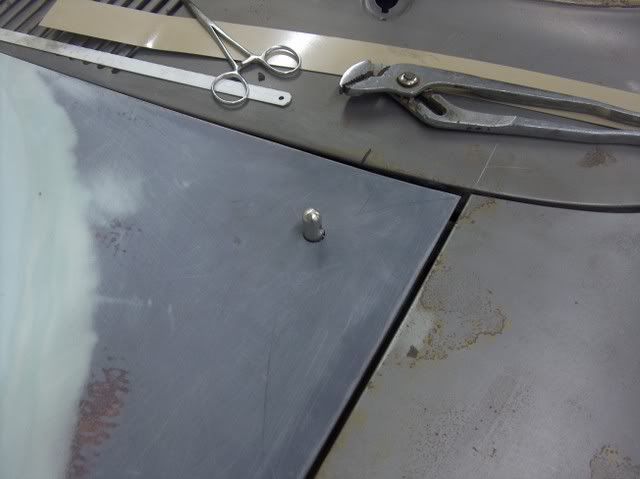
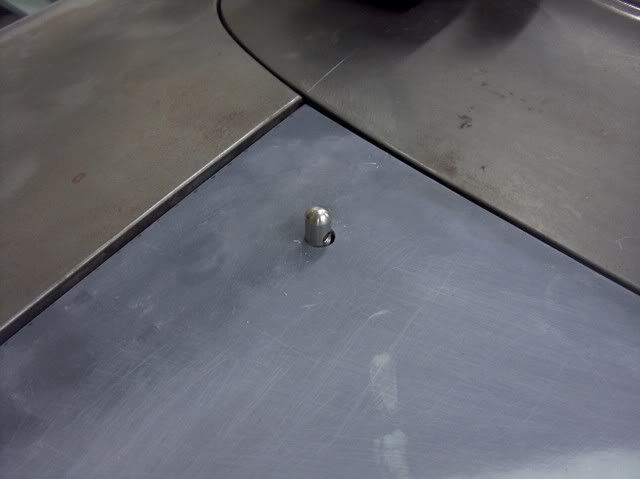
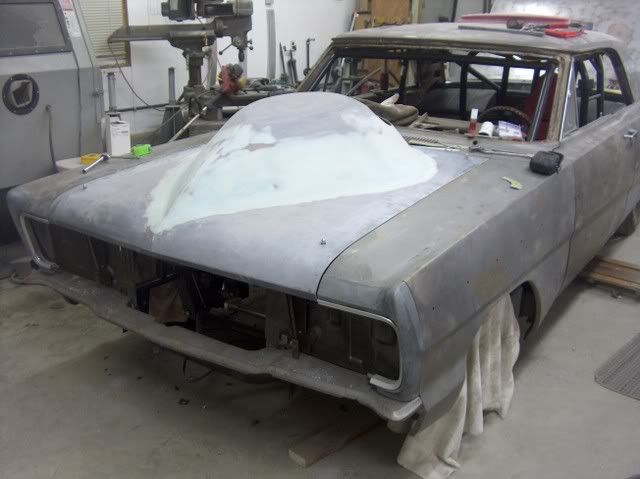
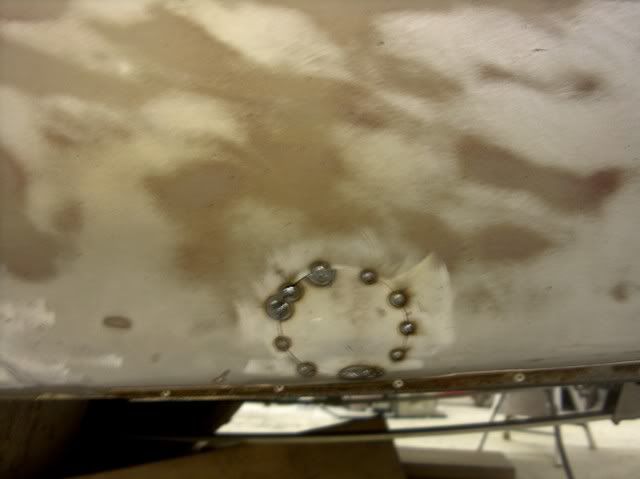
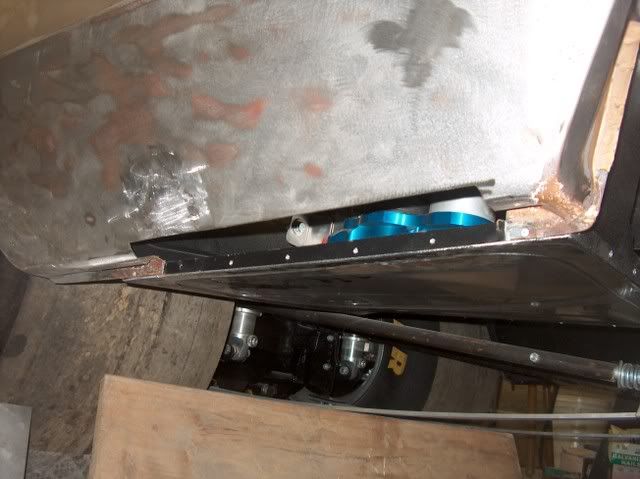
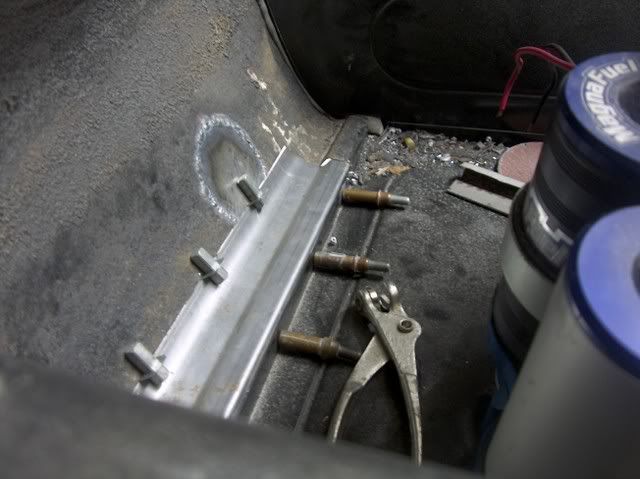
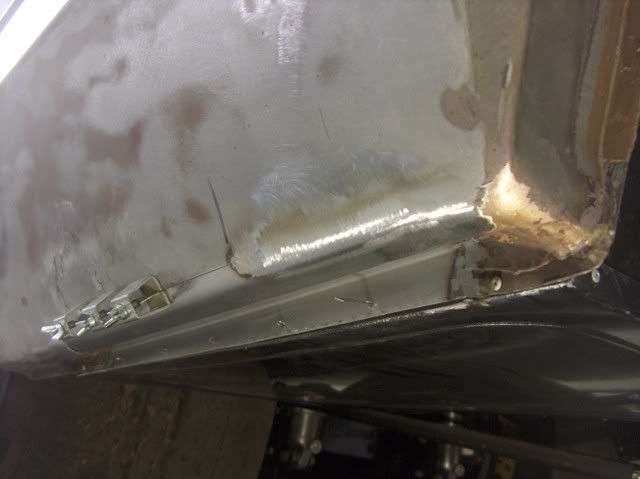
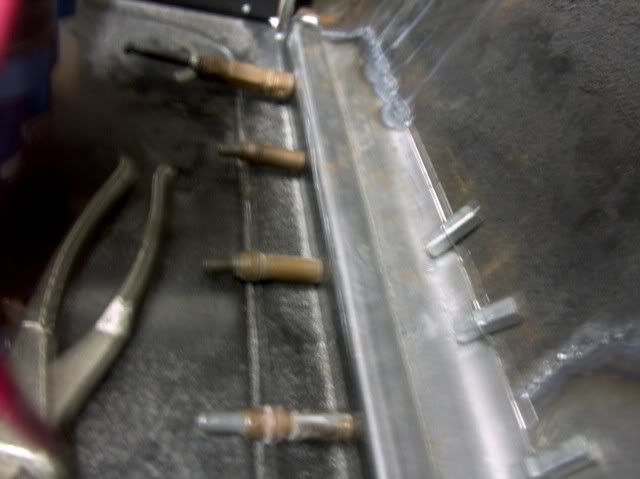

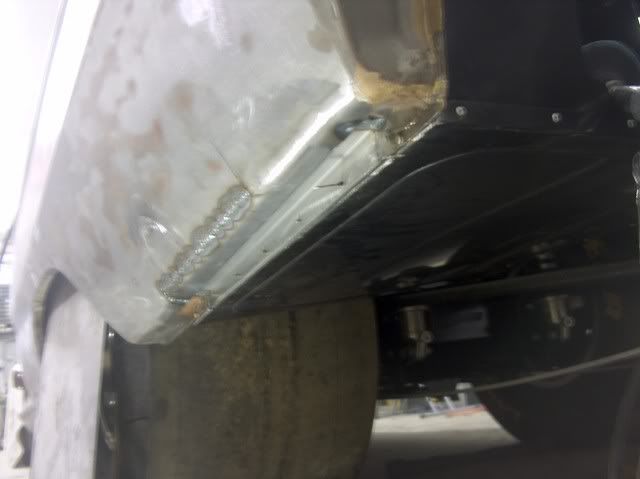

Comment